

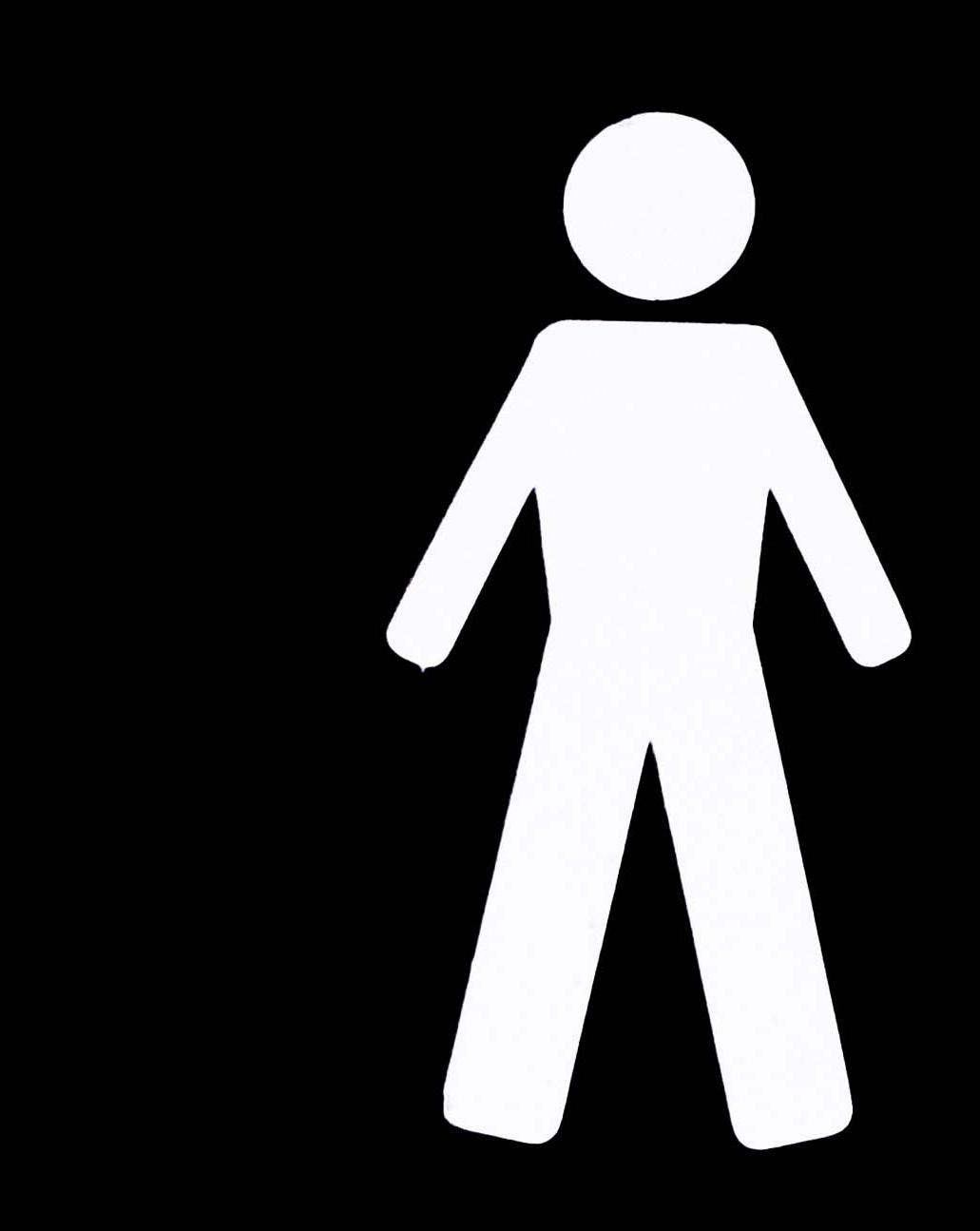
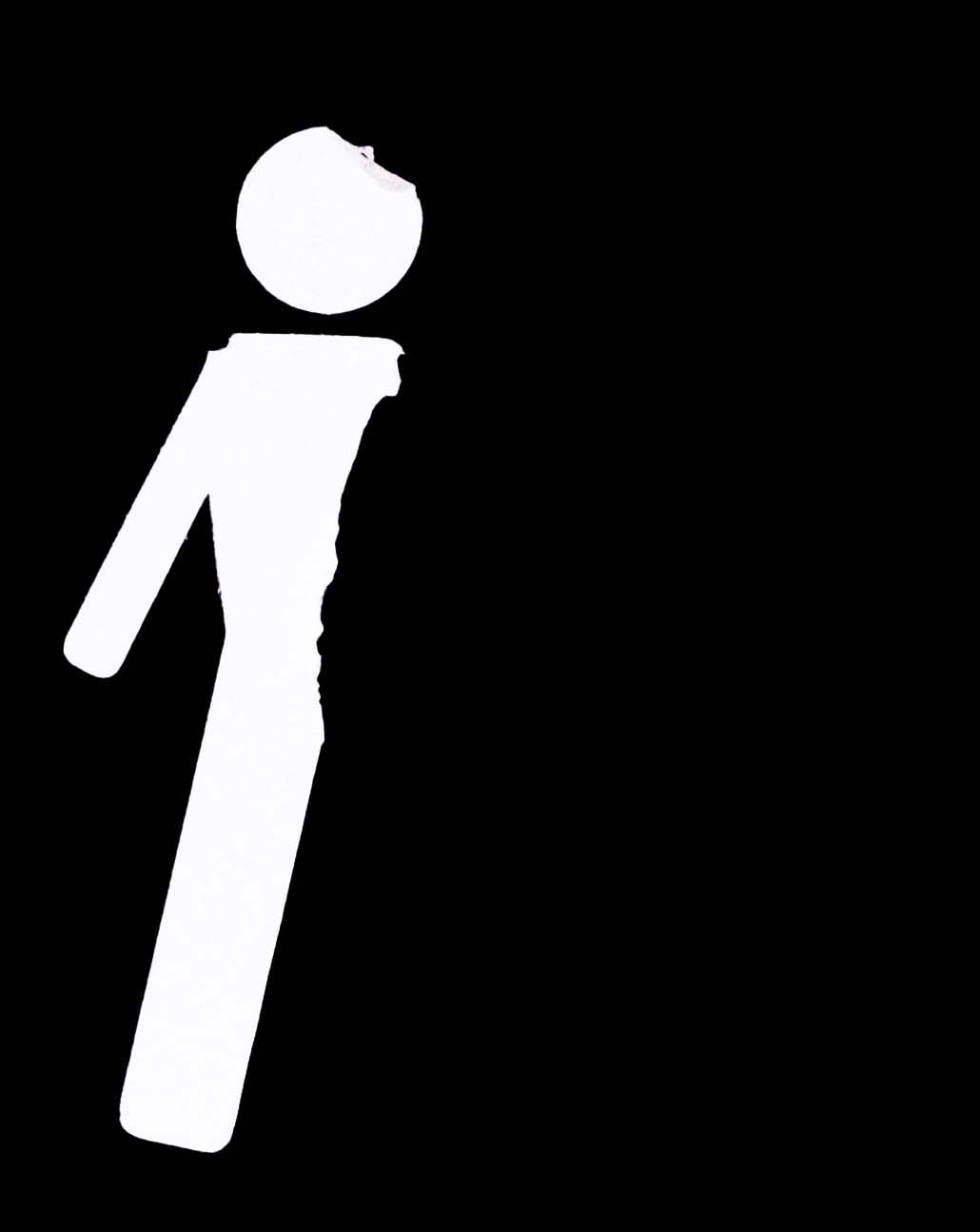
Hysteria can be traced back to the Greek word ‘hystera’, translating to uterus, in which physicians believed the womb wandered around the body, causing various mental and physical problems. When seeking support from medical professionals, women’s concerns have been routinely dismissed by phrases such as ‘it’s all in your head, leaving patients feeling unheard.
Your Body, My Choice exposes the legacy of medical misogyny and gaslighting that forms the framework of our modern healthcare system. One that masks the androcentric system as universal values and considers the white, male body, the default. Stemming from both personal and collected stories of women’s experiences, this project visualises the structure of contemporary and historic sexism through politicised images of the female body. By opening up a space for recognition, I highlight the hidden and individualised nature of pain that has been ascribed to women as natural.
At its conception, photography was regarded as true representation. Doctors and researchers exploited its power and potential by categorizing, objectifying and sexualising the female body in an unreturnable gaze. Now new methods of photography continue to categorize, objectify and sexualize, showcasing a type of violence that lurks behind even the most innocent selfie. By harnessing photography’s representational power, it can fight back against this narrative and speak for women whose pain may be invisible but nonetheless real.
Hattie Alwen
This one will be called woman for she was taken from man 1
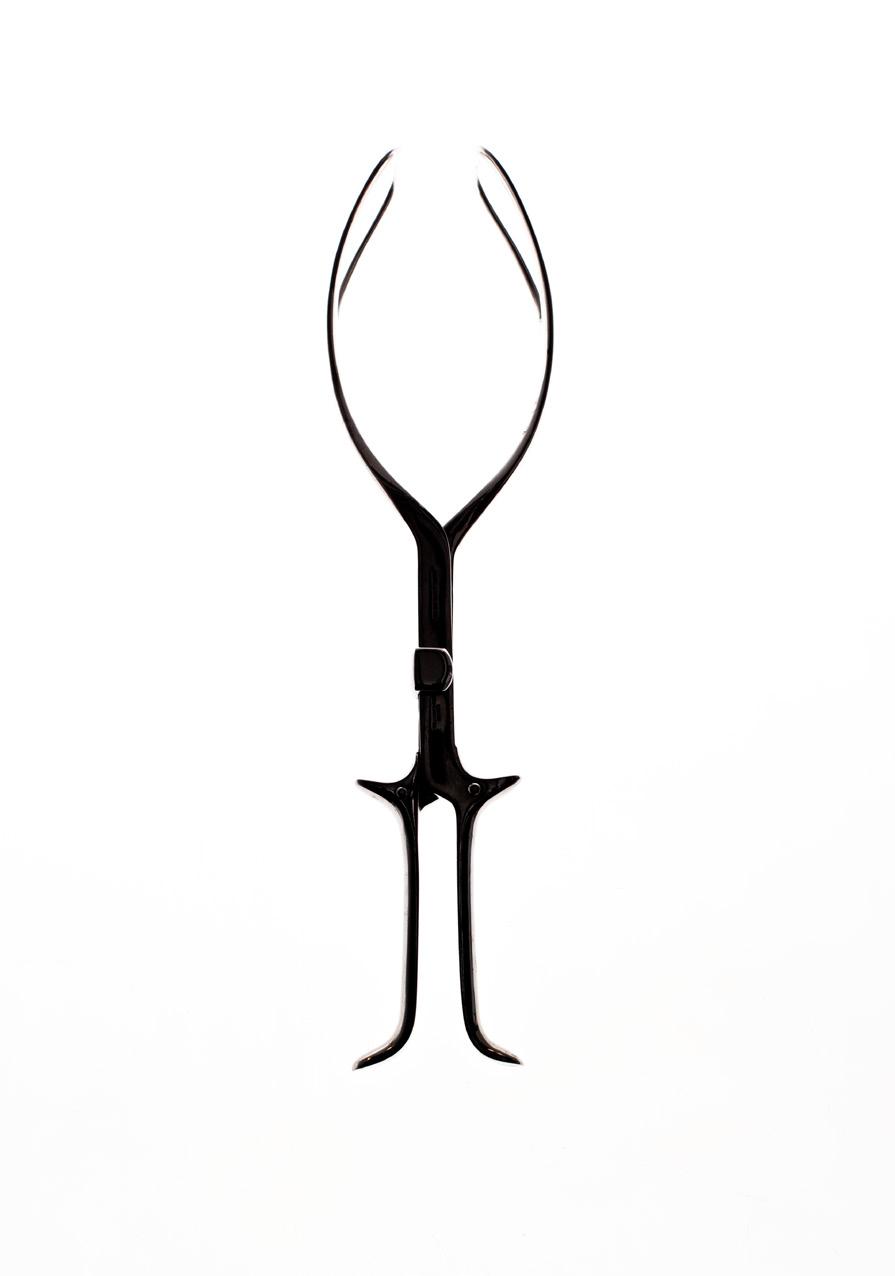
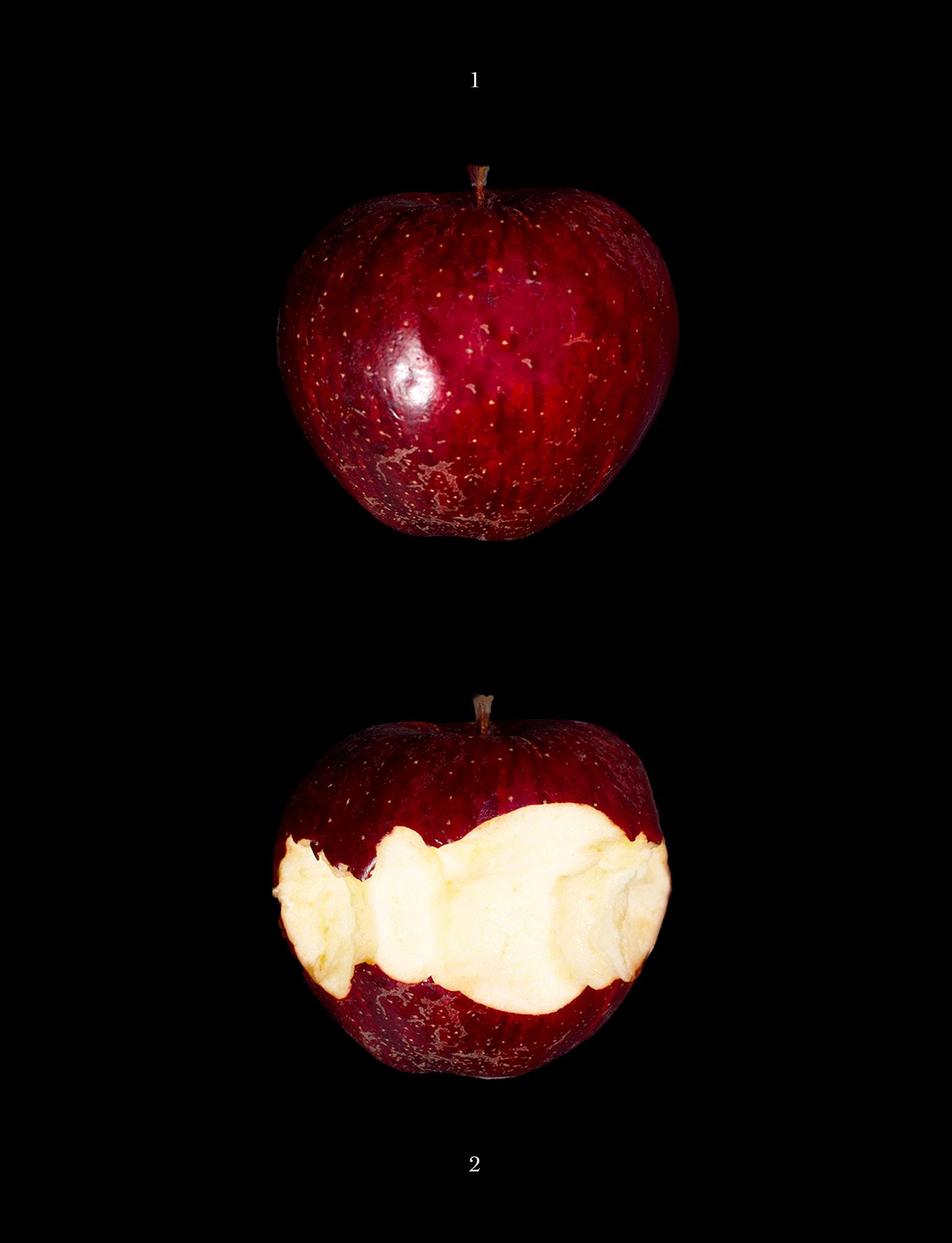
1. “The blame assigned to Eve for tempting Adam with forbidden fruit lies at the core of many assumptions about women’s psychological nature.”
2. “Medical decisions, especially ones related to childbirth, reproduction, and sexuality, have been shaded by this prejudice throughout the ages. When anaesthetics were first introduced in medicine, the biblical proscription ‘All women must bring forth children in sorrow’ was one reason used to deny women in labour’ .” 2
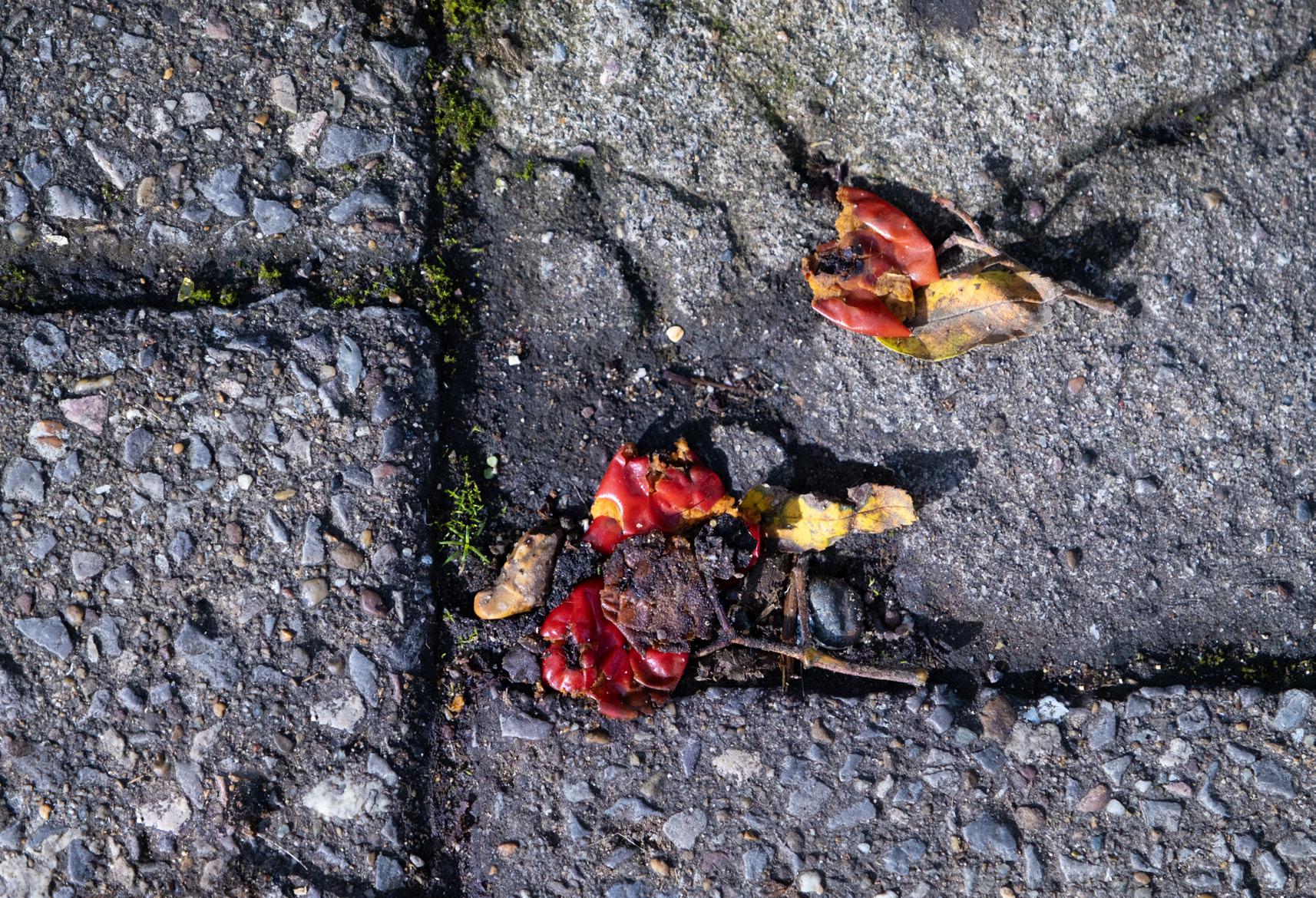



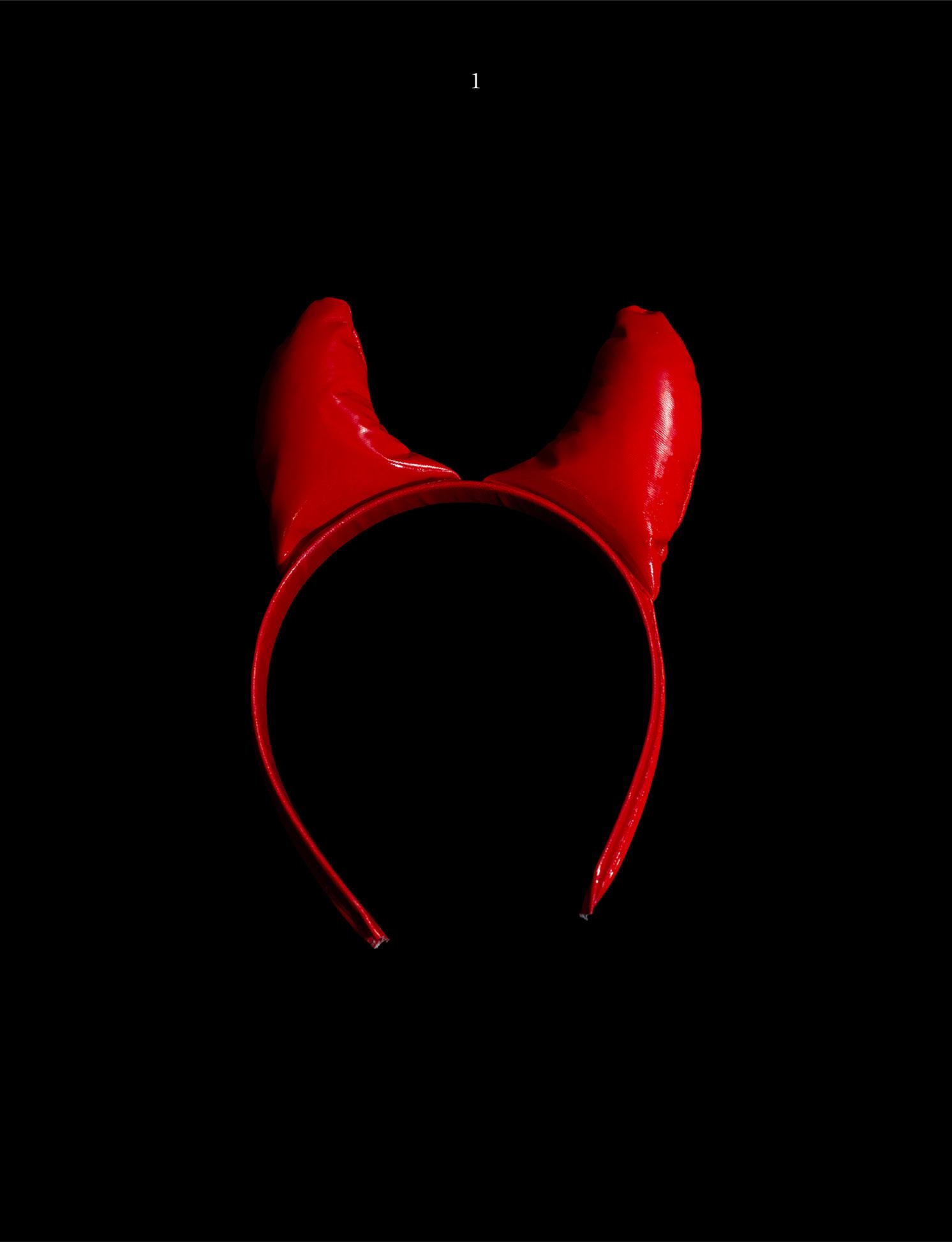
1. In the middle ages, it was thought that demonic forces were attracted to those prone to hysteria, particularly single women and the elderly. If found to be possessed by the devil then exorcism was considered the only treatment.
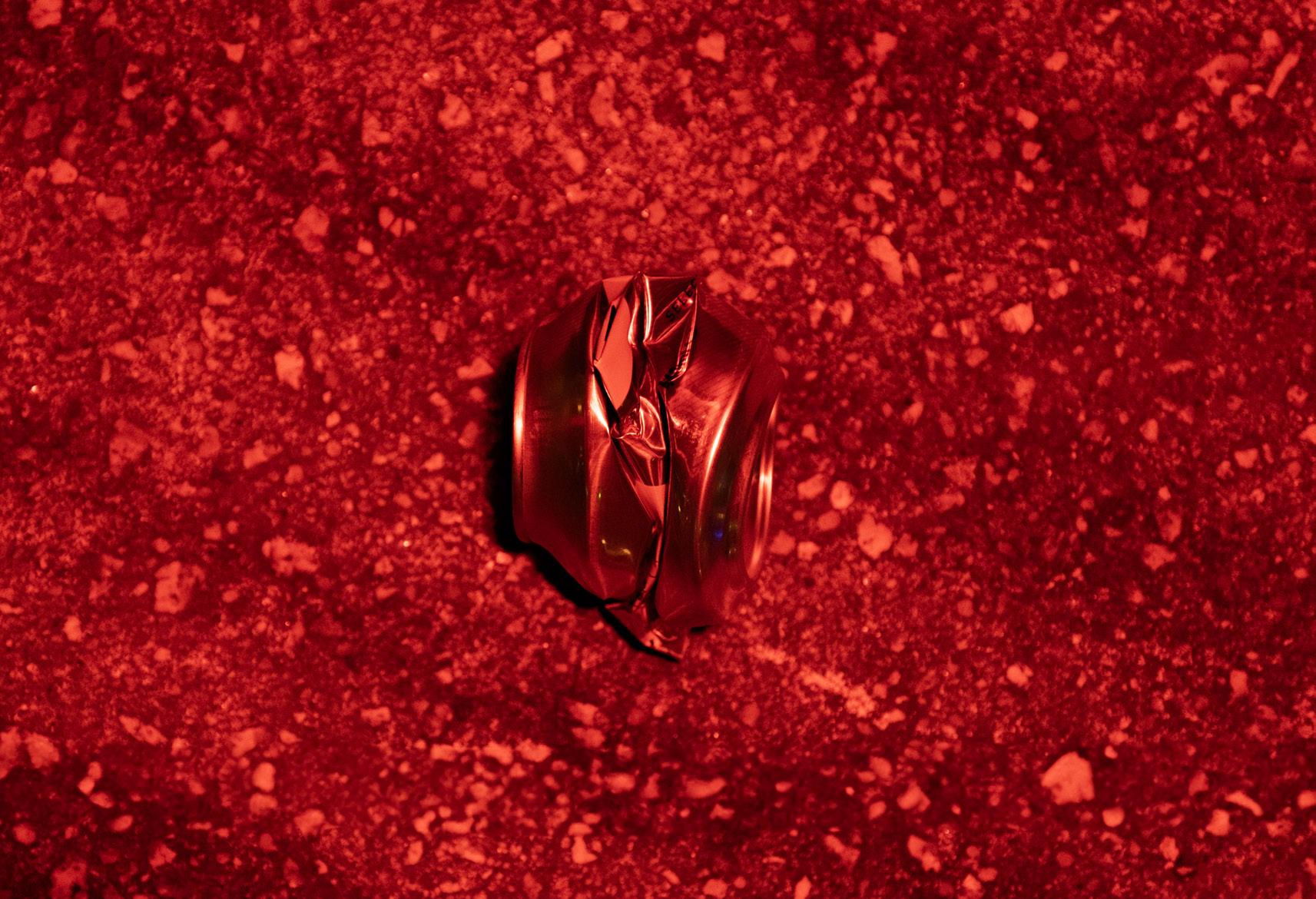
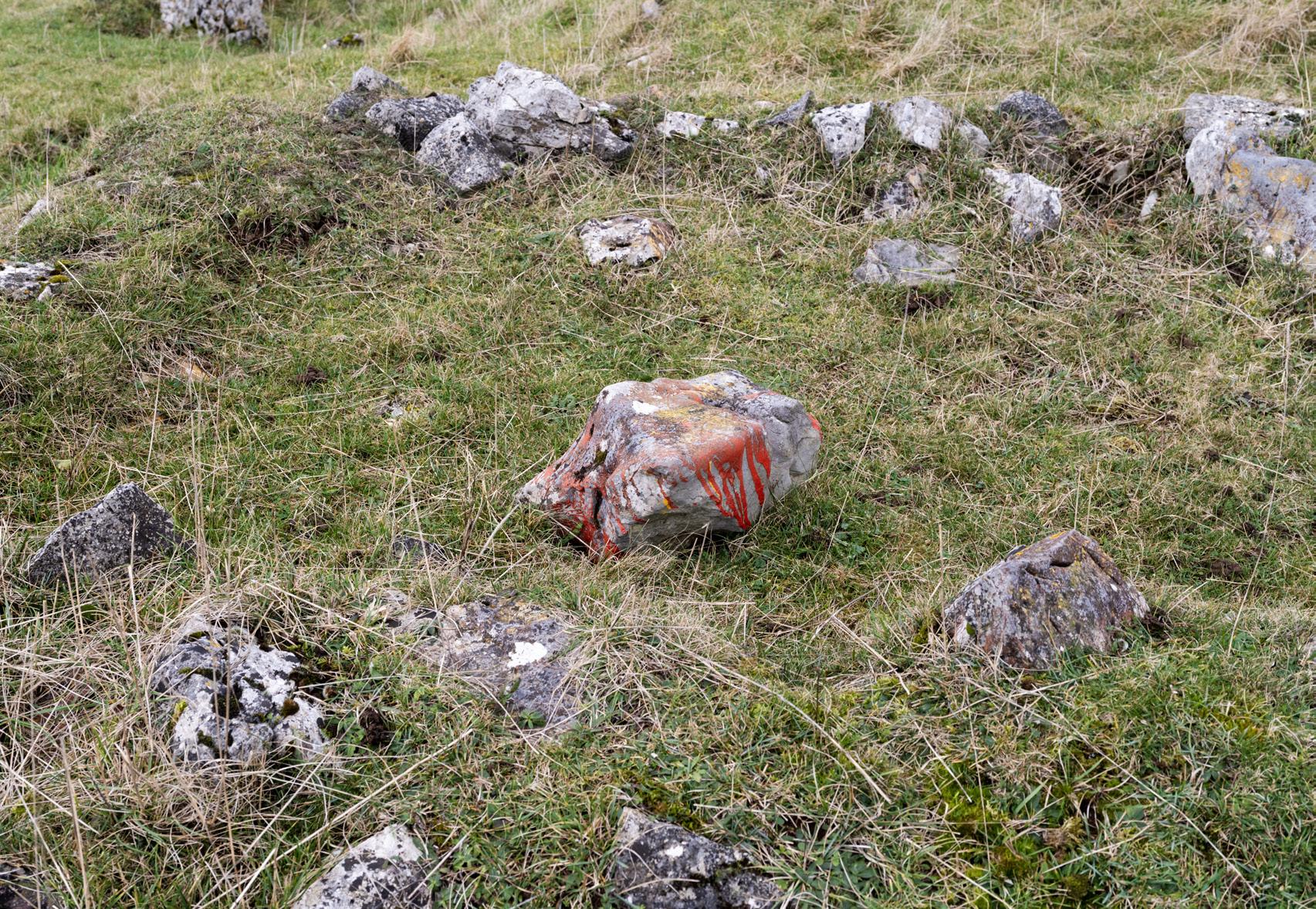
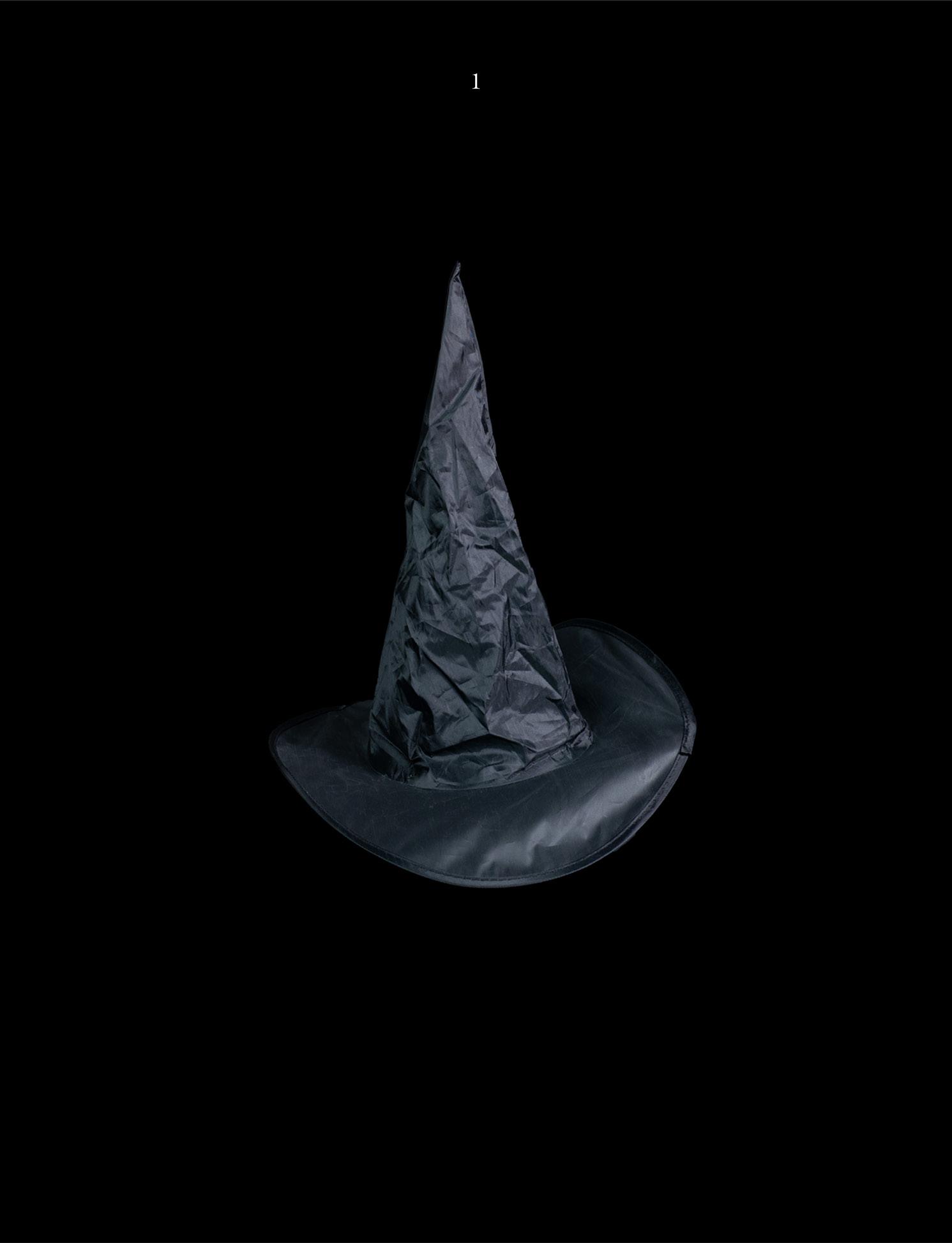
1. Witches were accused of stopping procreation and defying their godly duty. Midwives were burned for assisting abortions and having “slain infants yet in the mother’s womb.” 3

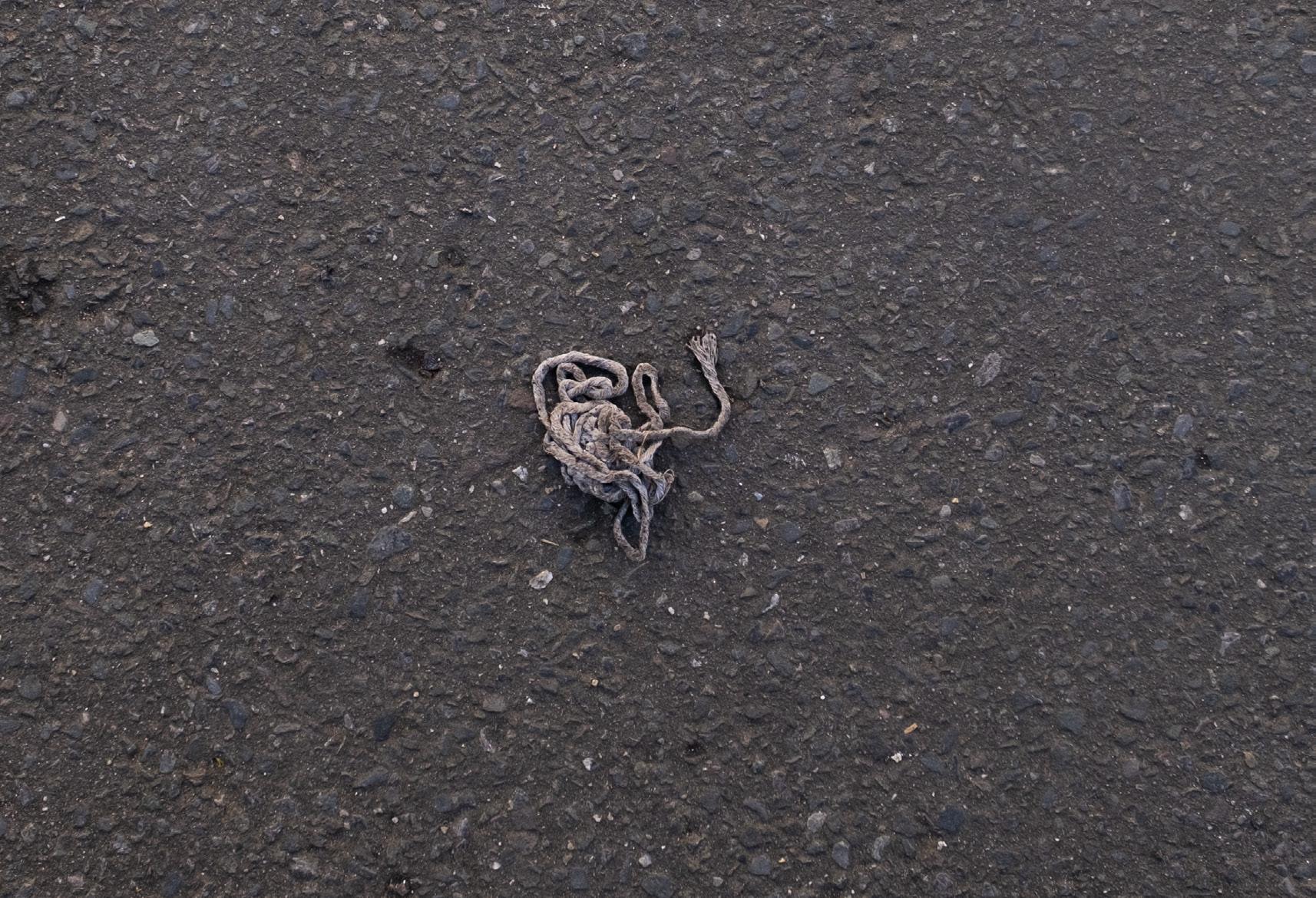
II
The relation of male to female is by nature, a relation of superior to inferior and ruler to ruled 4
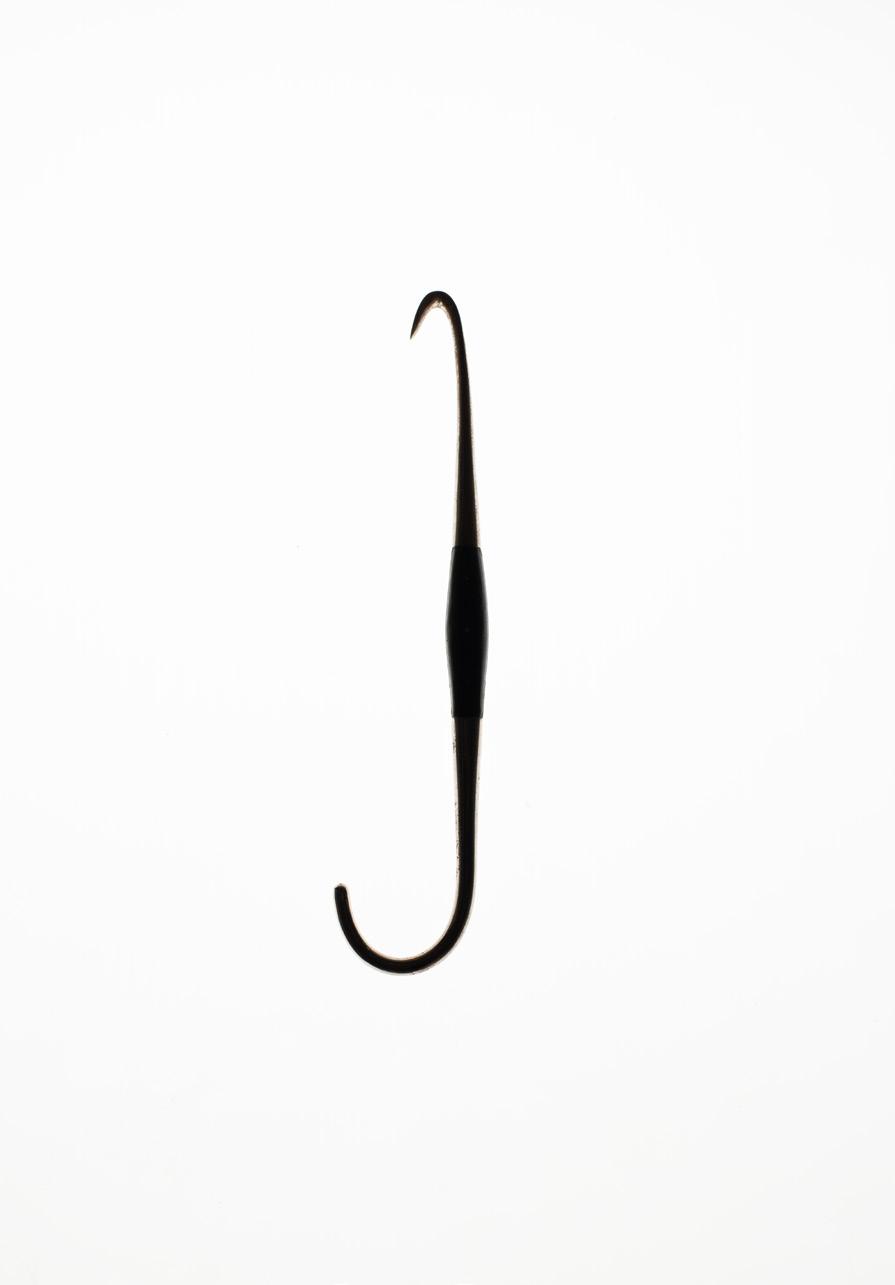

1. In ancient Greece, physicians believed the uterus wandered around the body like a caged animal, hunting for semen and “became vexed and aggrieved, if its childbearing needs were not met.” 5
2. This movement of the uterus could cause suffocation, pain and various other physical and mental symptoms. This would later be encapsulated into the term female hysteria.




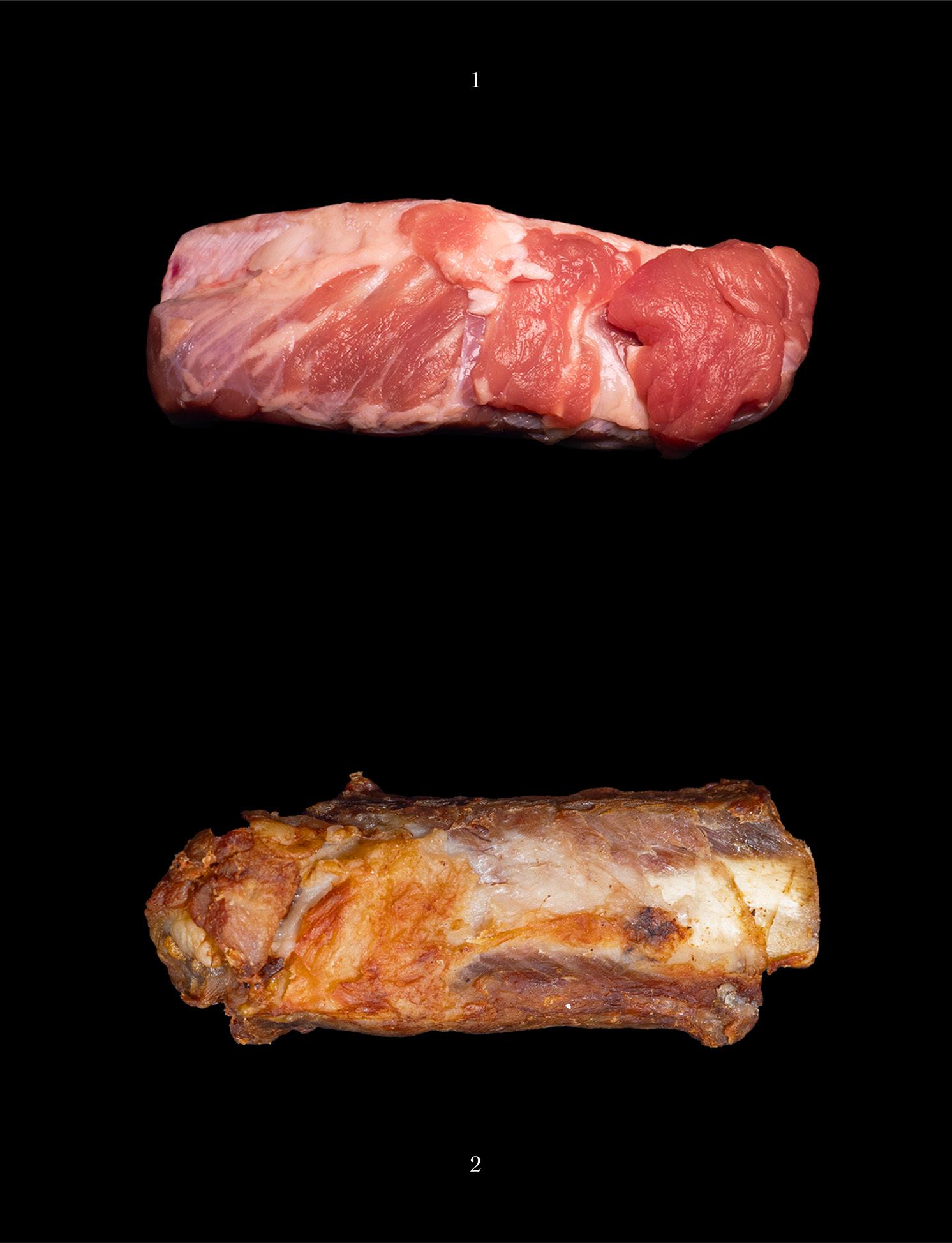
1. Aristotle found women to be inferior due to the fact that their bodies were too cold and wet to produce semen.
2. As opposed to men who were hot and dry.
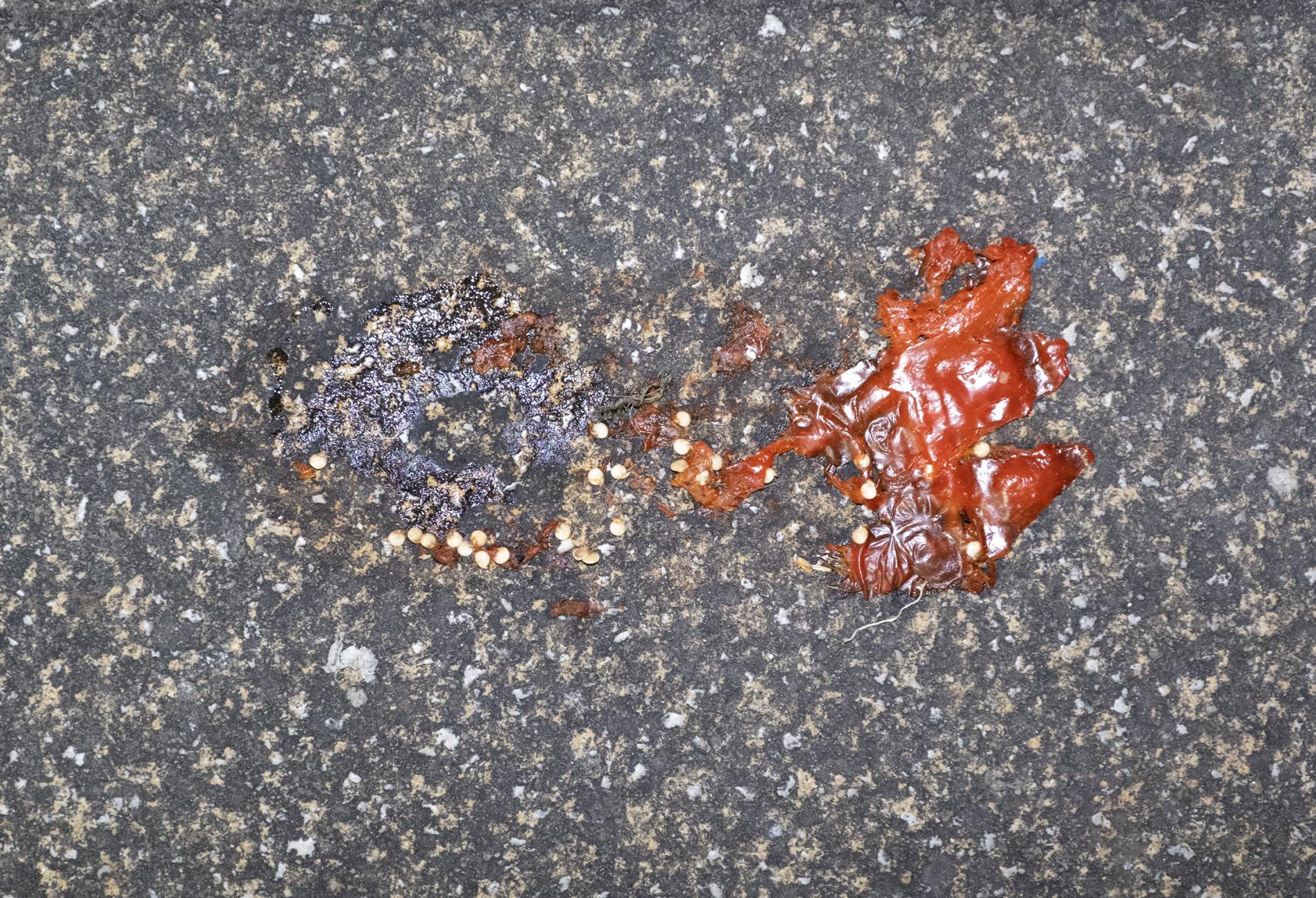


1. “Conception took place when both the man and woman ejaculated seeds into the woman’s uterus during intercourse. Both genders had seeds, where some seeds were stronger while others were weaker.” 6
2. “During conception if both parents ejaculated more of the stronger seeds, a boy would be conceived, but if there was more of the weaker seeds in the uterus then a girl would be created.” 6
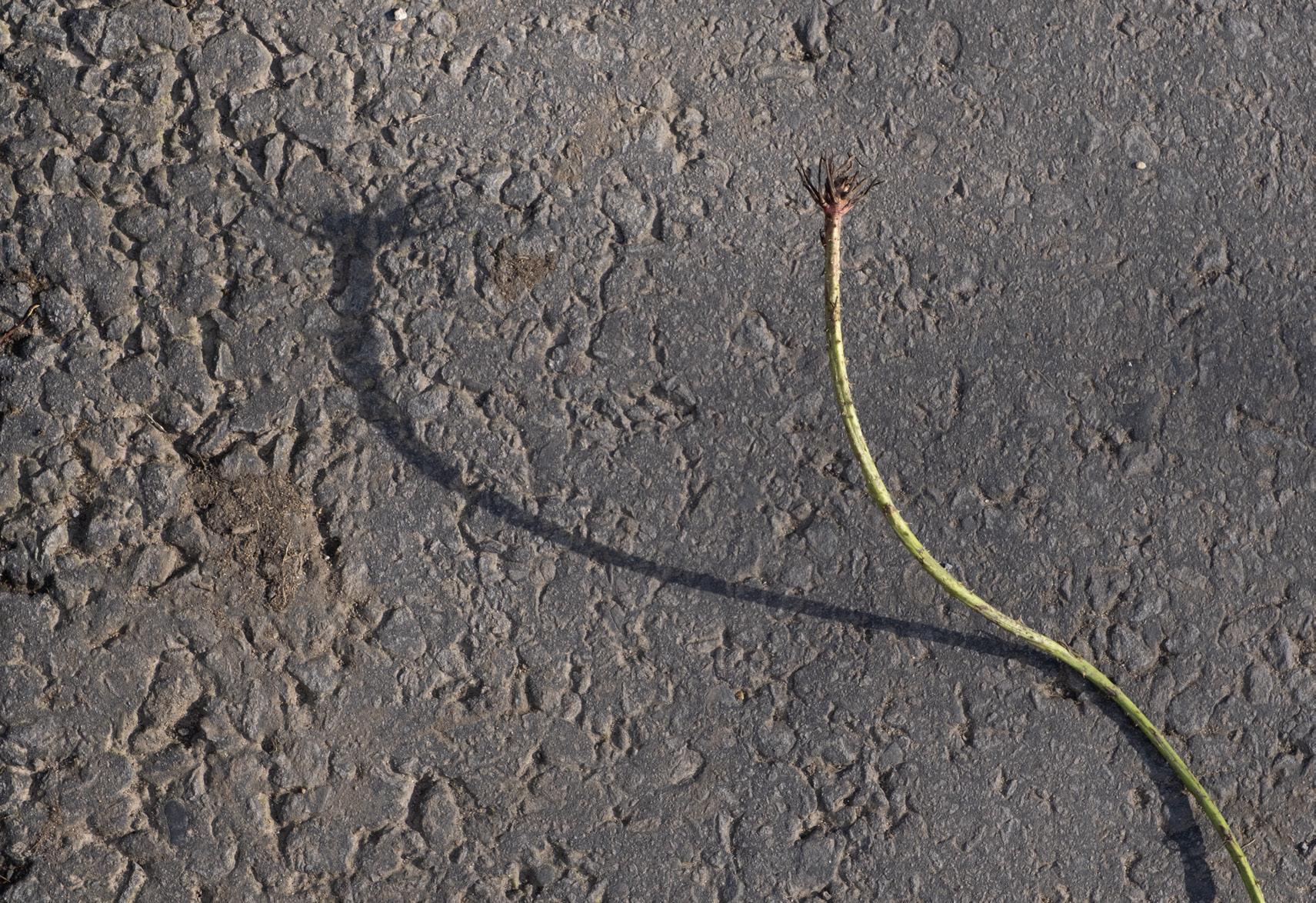
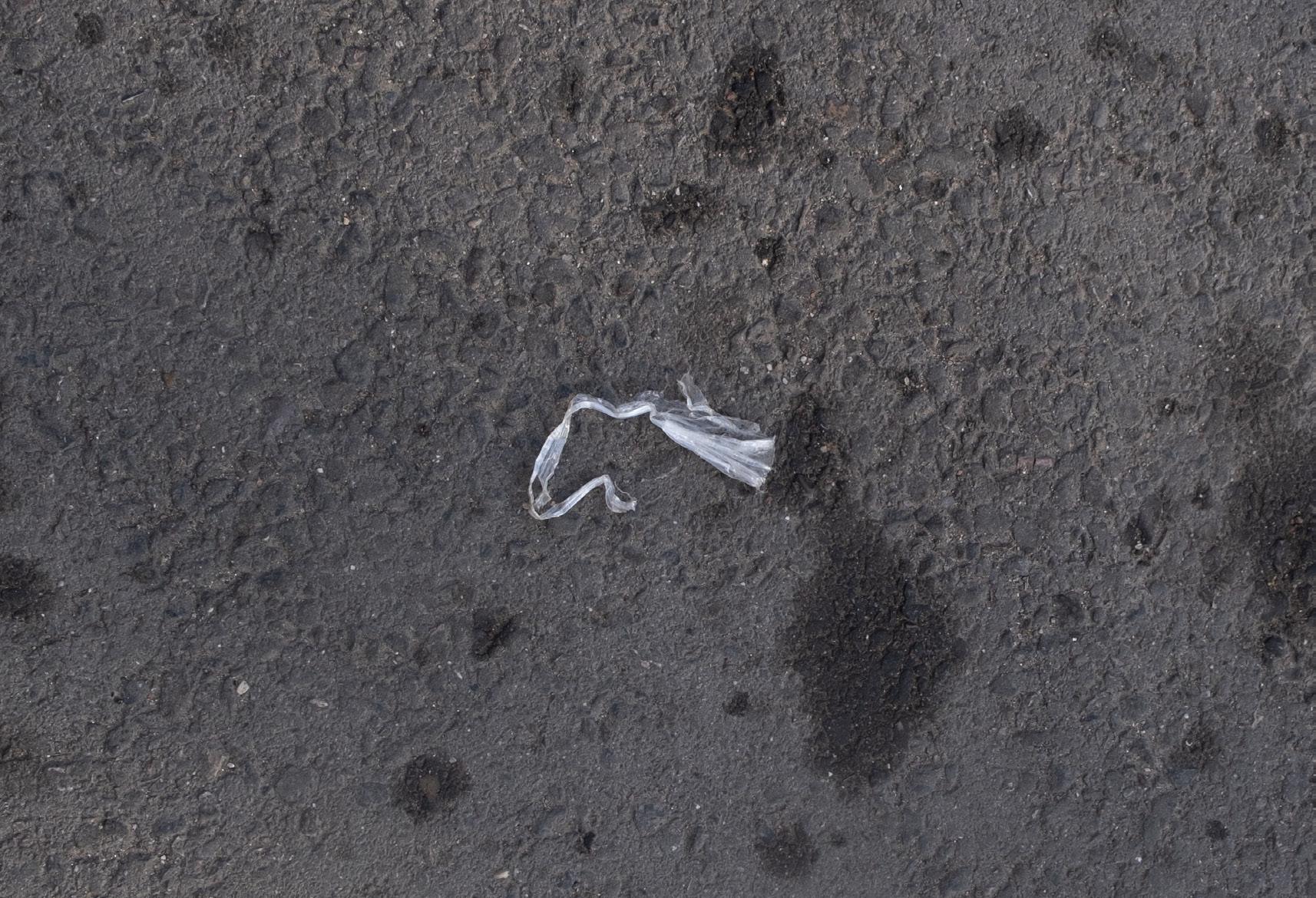
A ladylike deportment is always modest and quiet
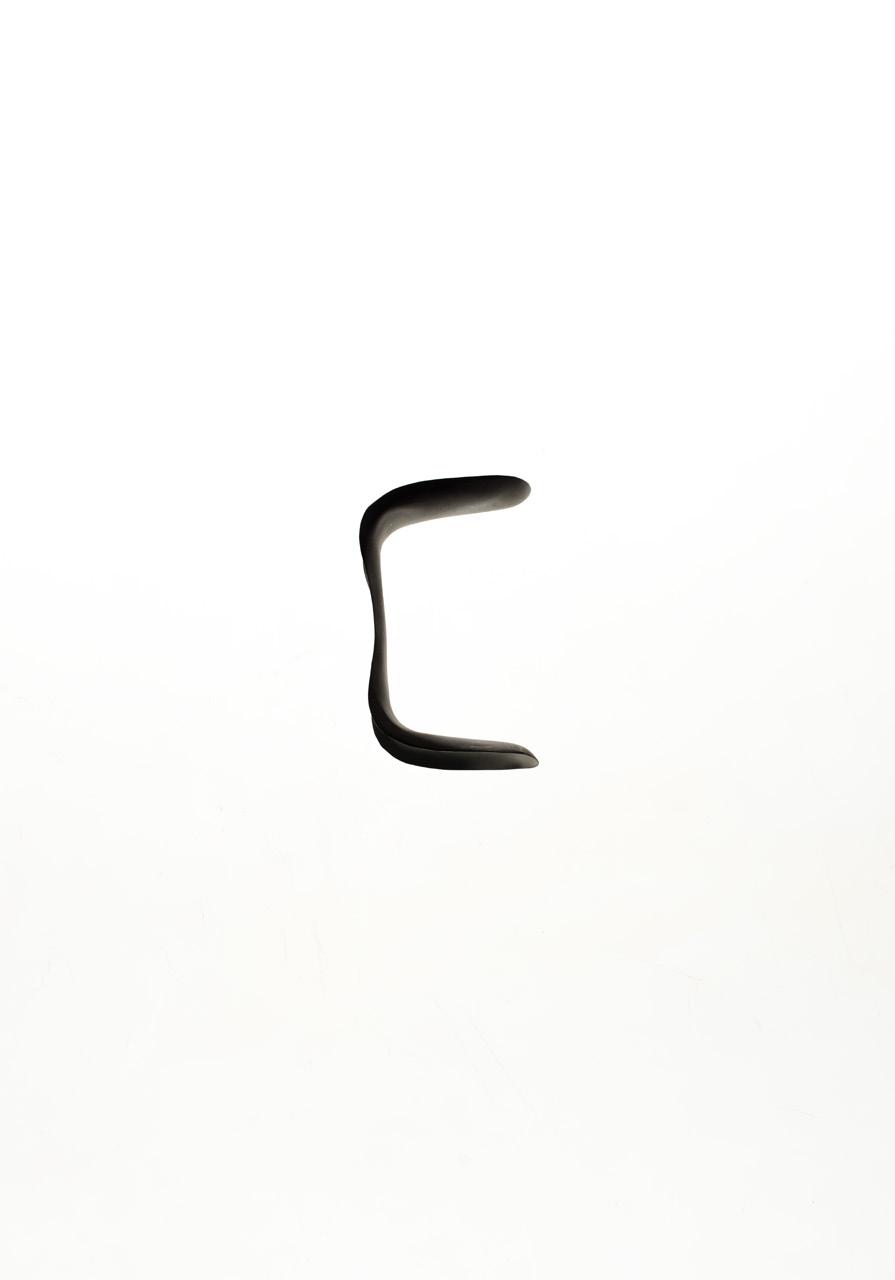
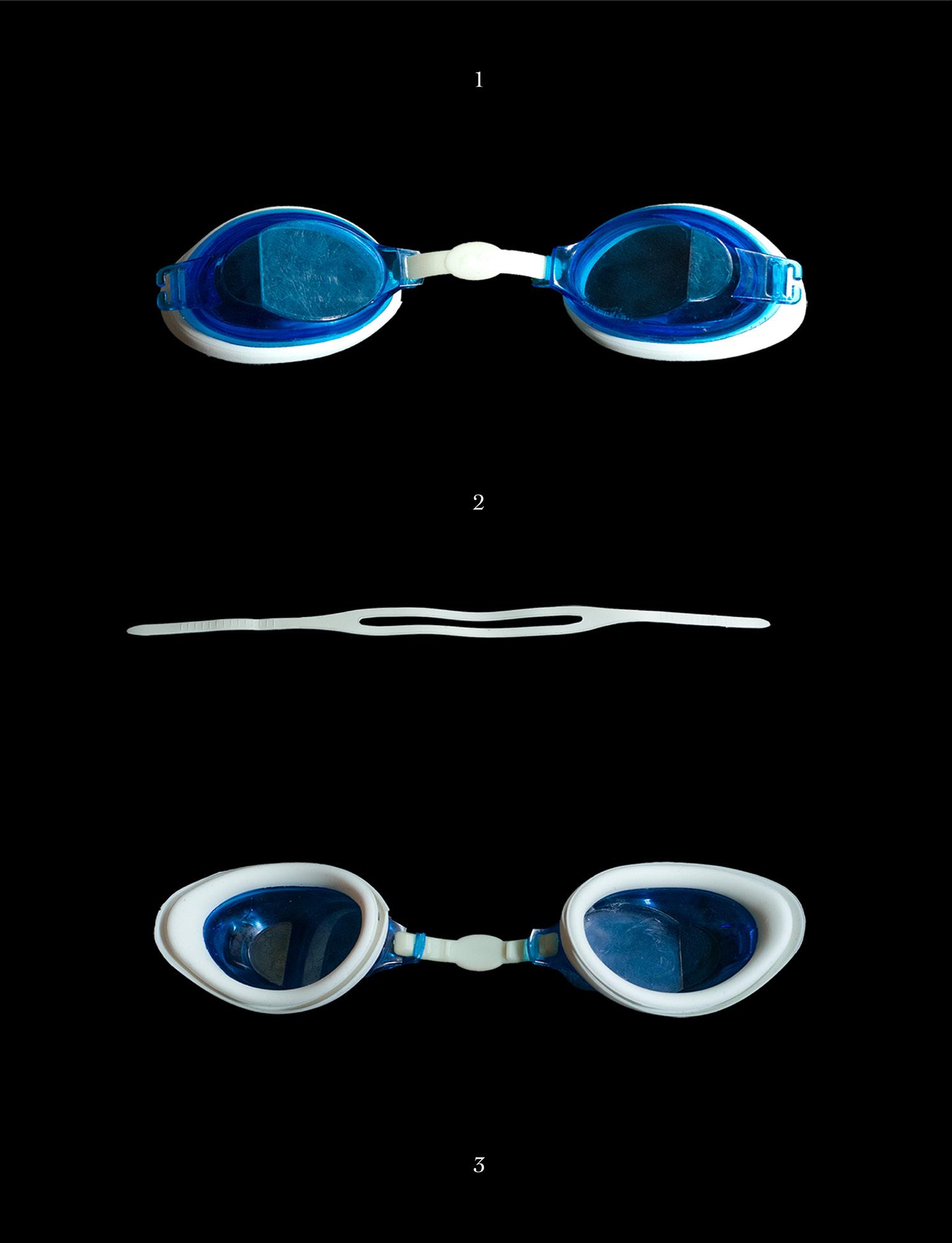
1. 19th Century doctors insisted that weakness was a natural condition in women.
2. Medical experts concluded that the female body was not fit for intense competition and exercise.
3. They believed movement may cause women to become masculine, threaten their ability to bear children and dislodge the uterus.
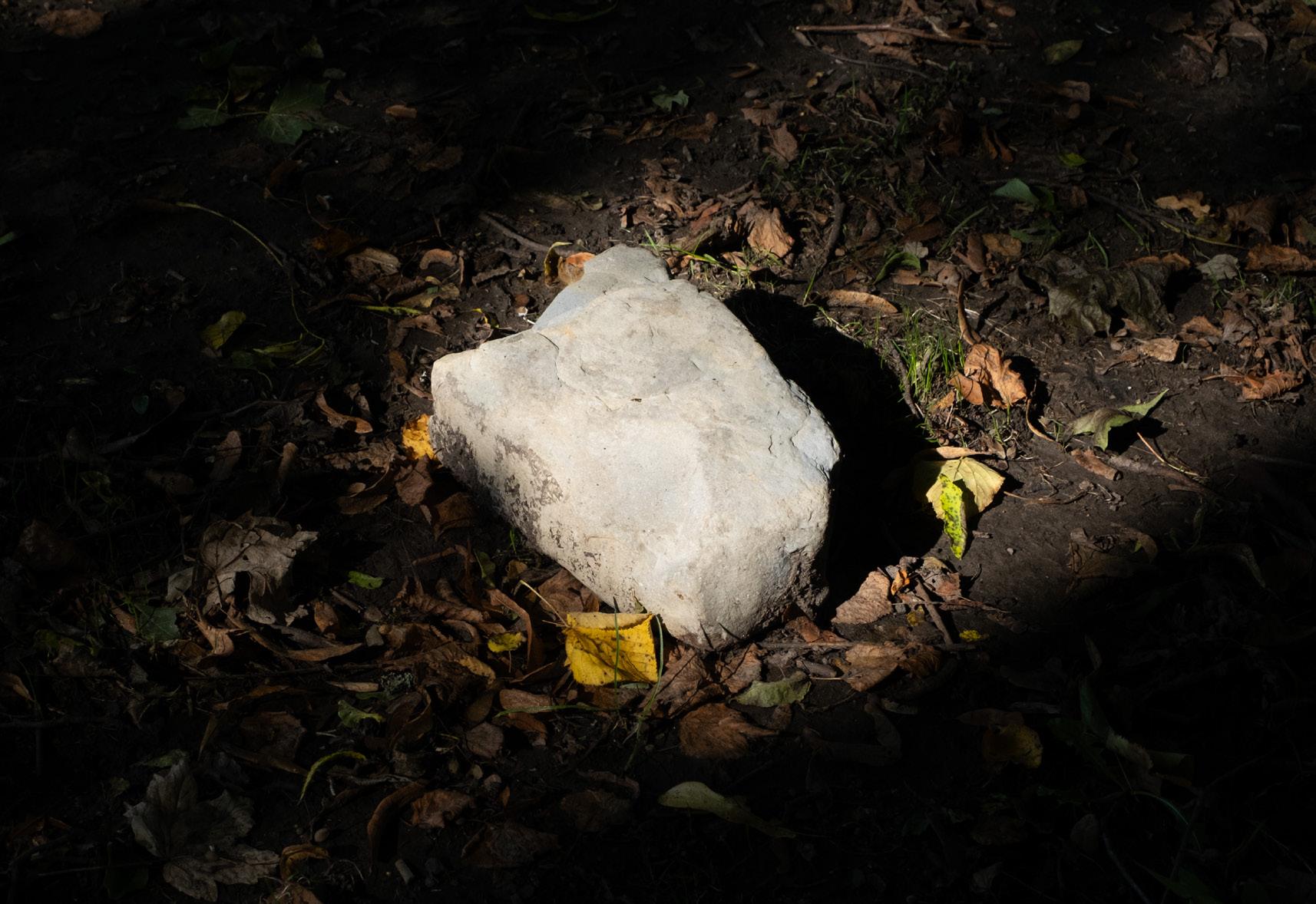
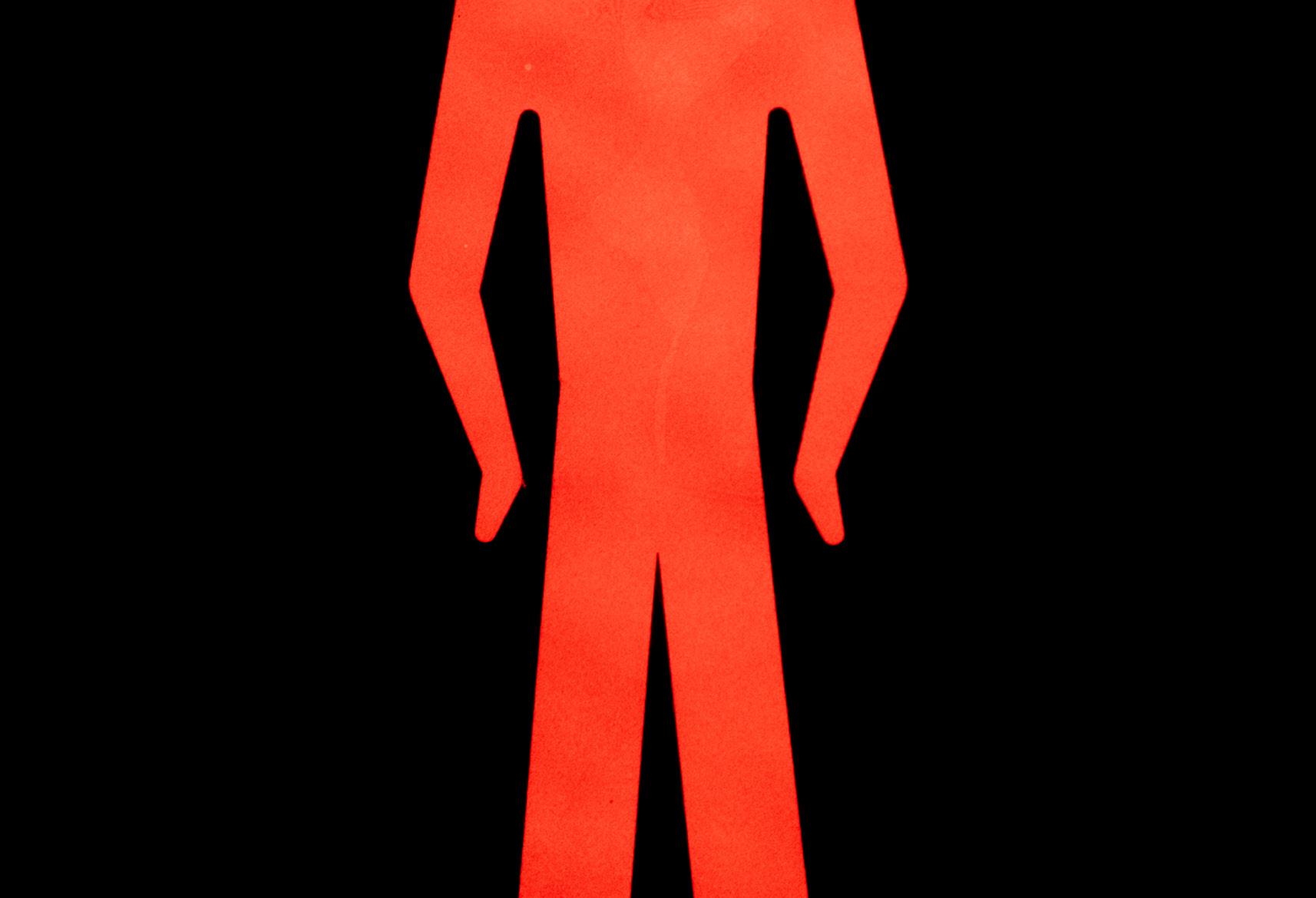

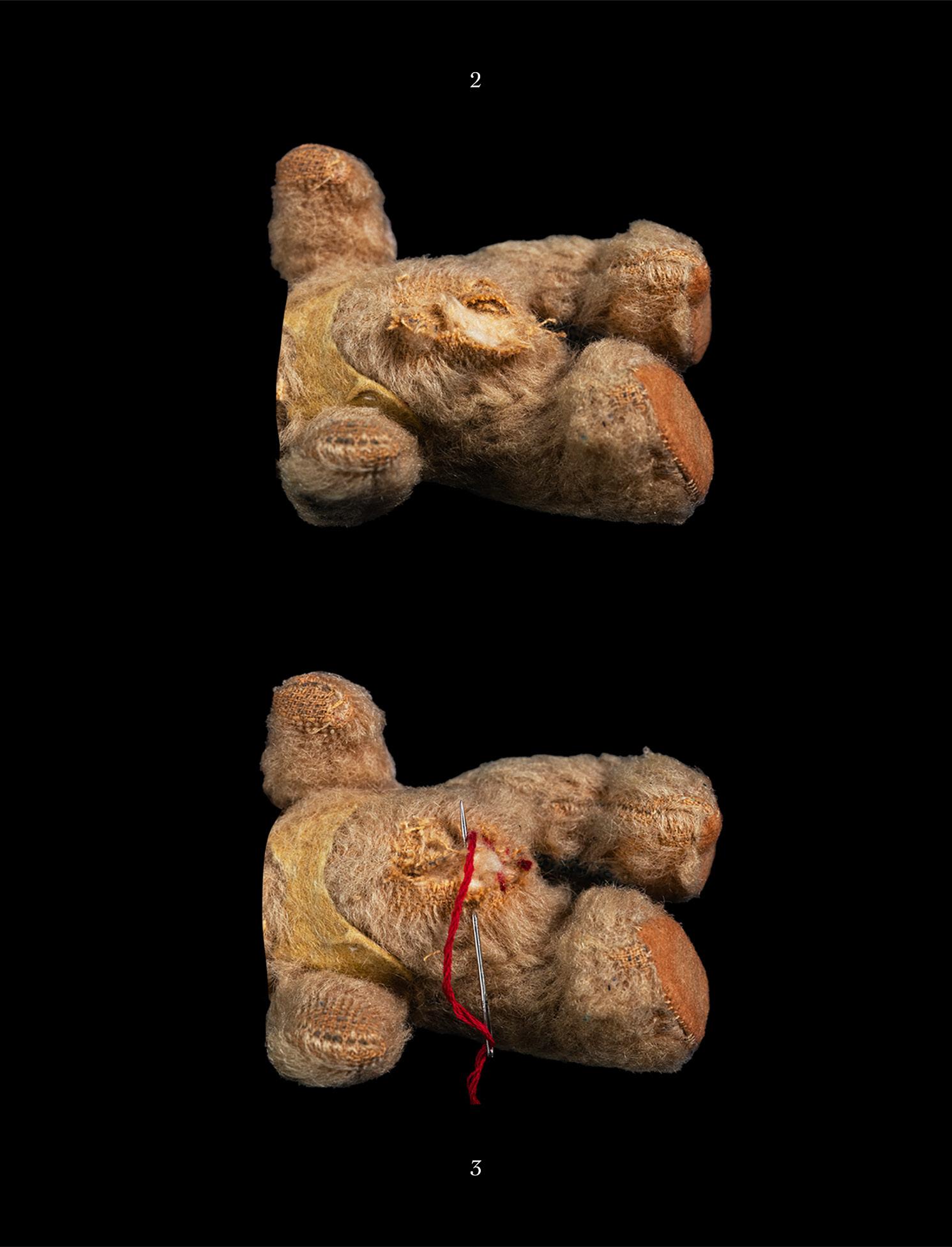
2. Sims practised these techniques on enslaved black woman without anesthesia, driven by the belief that black people do not feel pain.
3. In his autobiography, Sims wrote that there was “Never a time that I could not, at any day, have had a subject for operation.” 8 Temporarily these women became his property, only the slave owner’s consent was needed for these surgeries to take place.
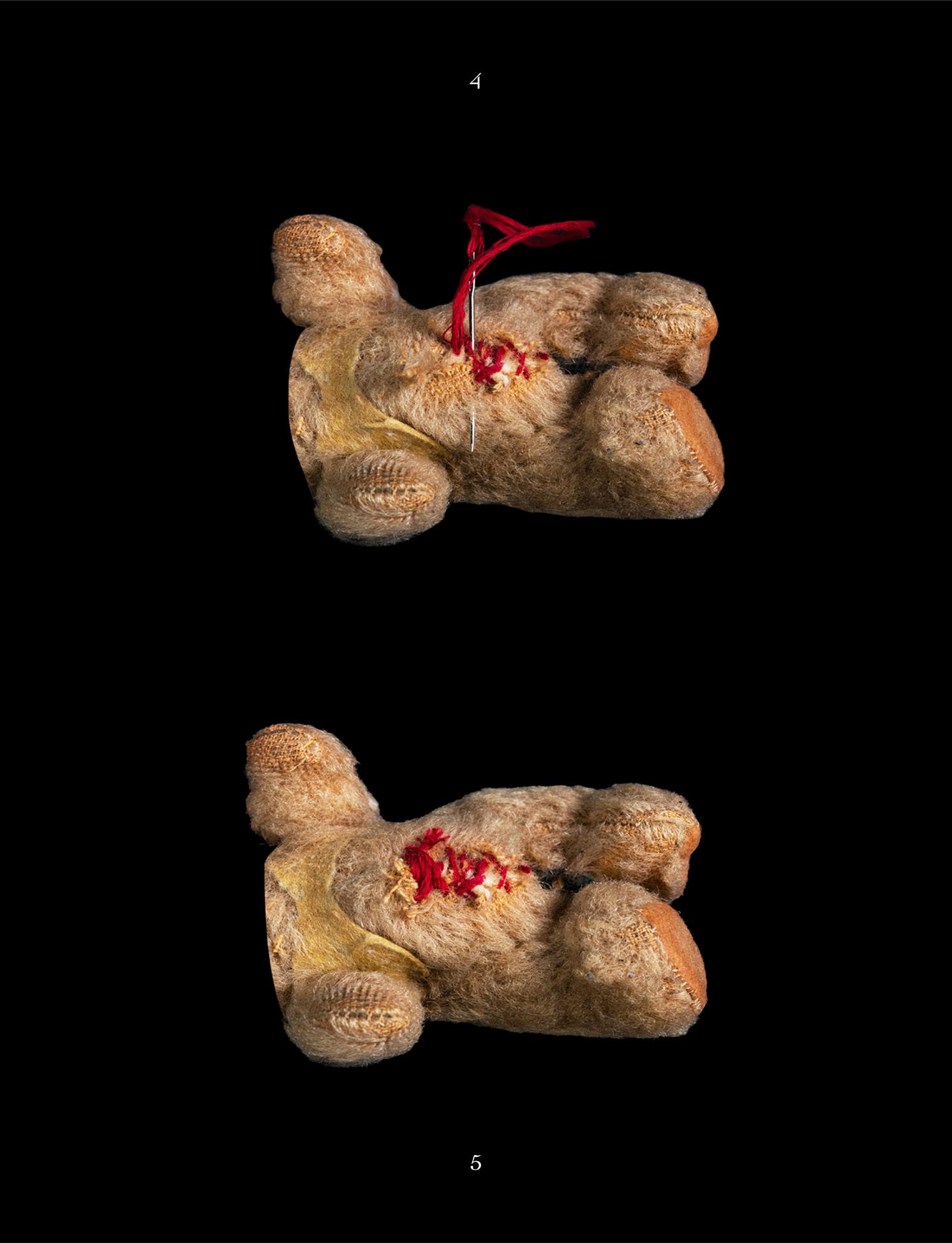
4. Sim’s most notable surgery was called Vesicovaginal fistula. It fixed a childbirth complication that caused urine leakage and pain.
5. These operations were often unsuccessful. In one instance he operated on the same woman thirty times before finally perfecting his methodology. She was only seventeen.
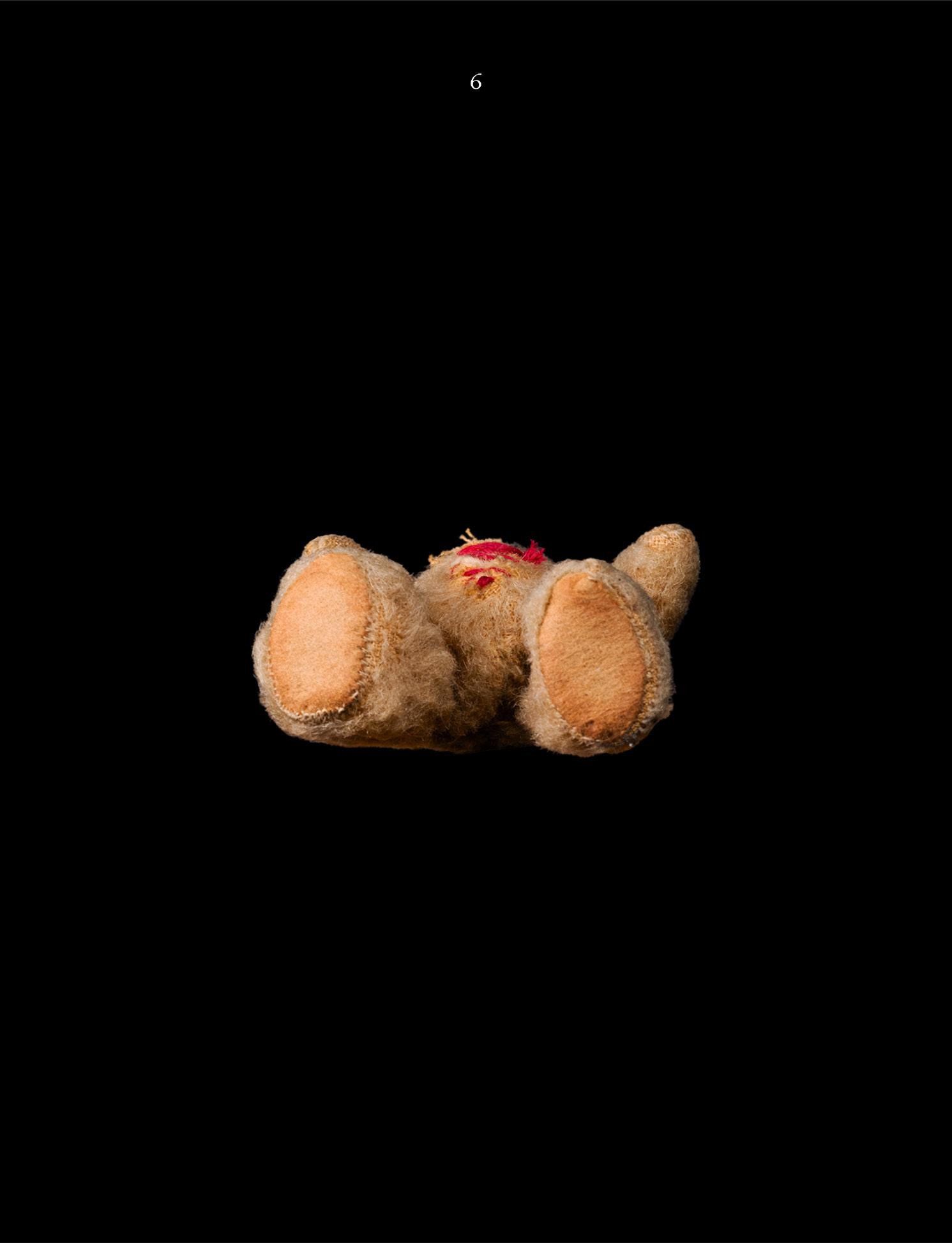
and diagnose




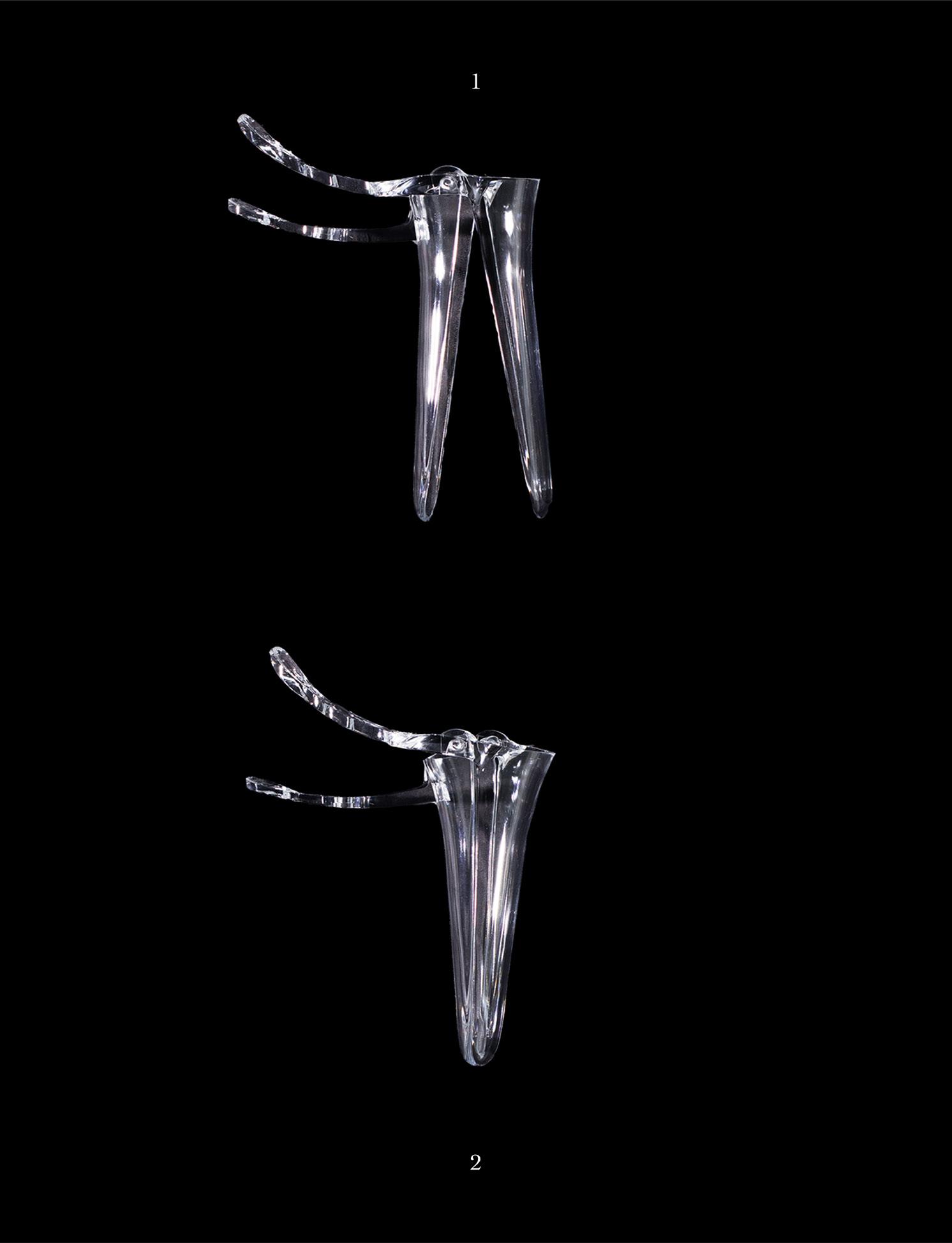
1. In Victorian Britain suspected sex workers were arrested by plainclothes police officers and forcibly examined for signs of venereal disease with a speculum.
2. If the disease was found, the women were detained in a specialist ‘lock hospital’ whilst treated. Known prostitutes were also required to register and have regular follow-up examinations, on pain of imprisonment if they failed to cooperate.


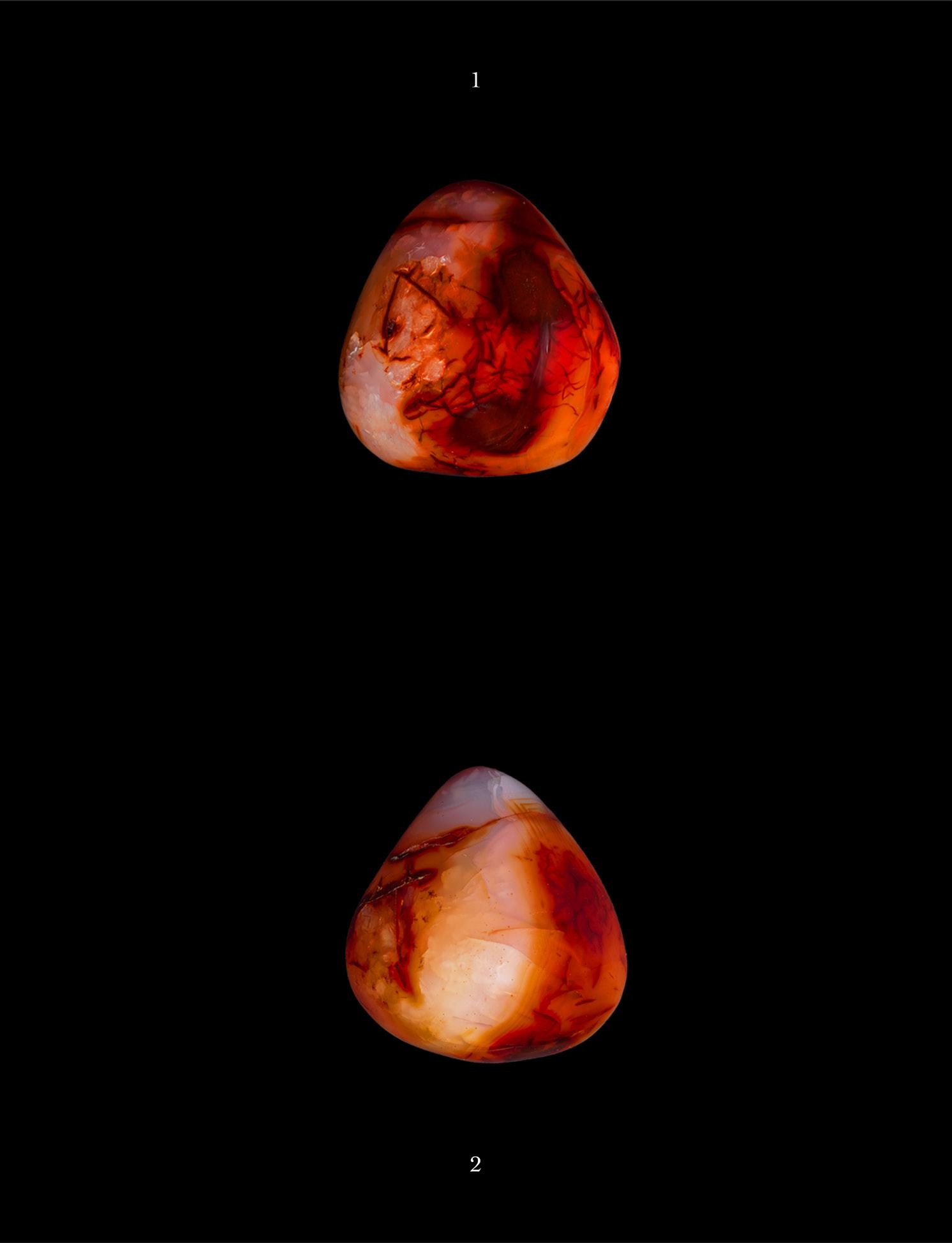
1. An Oophorectomy was a common surgical procedure on women in the 19th century. It involved the removal of one or both ovaries. It was used to treat ovarian cancer, female hysteria and menstrual madness. As many as 105,000 women worldwide underwent the procedure.
2. It was frequently performed in US asylums and hospitals, without patient consent. In 1890s this was stopped and condemned as “illegal, experimental, brutal and inhuman, and not excusable on any reasonable ground.” 9


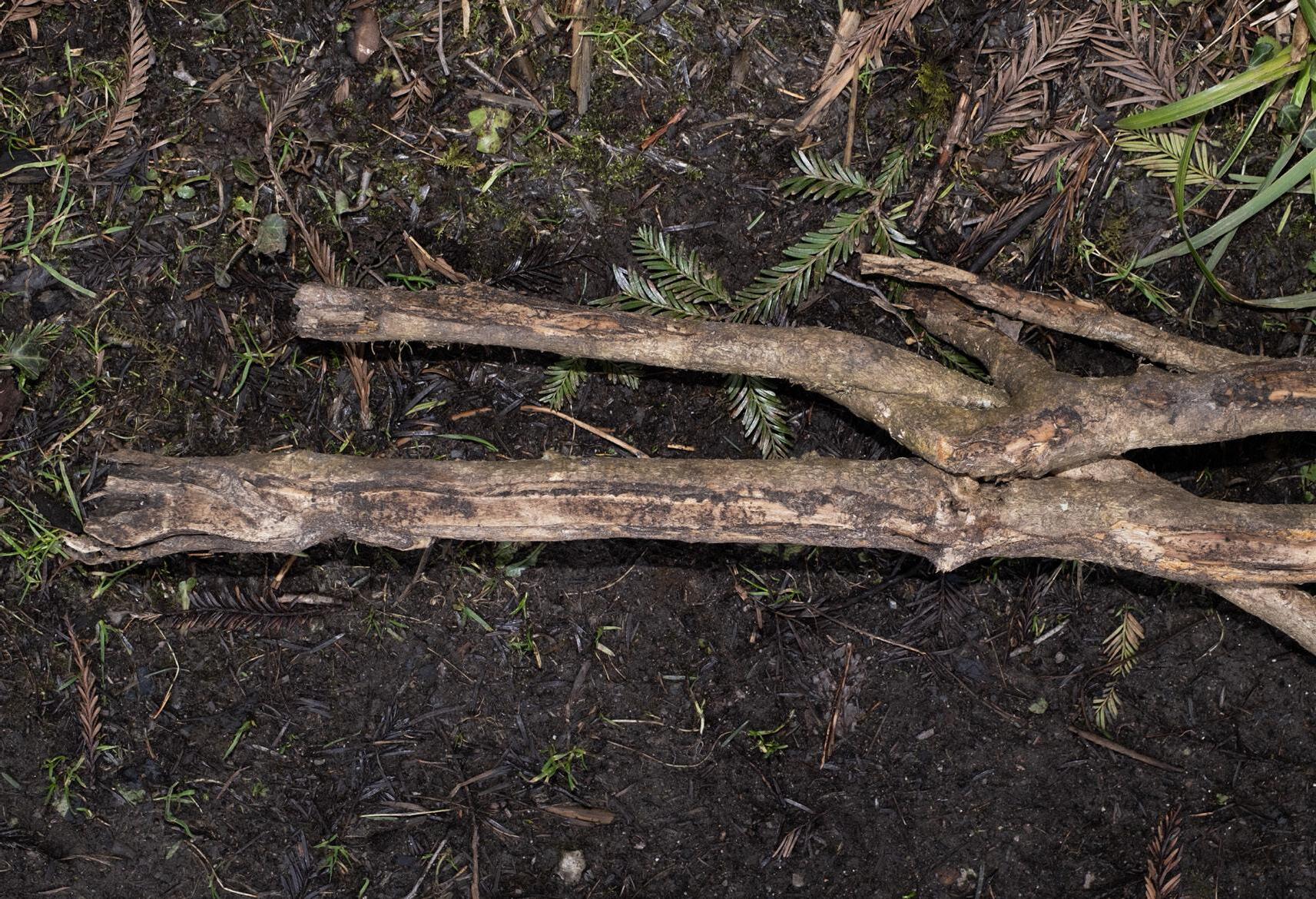

You’re being hysterical, It’s all in your head 10
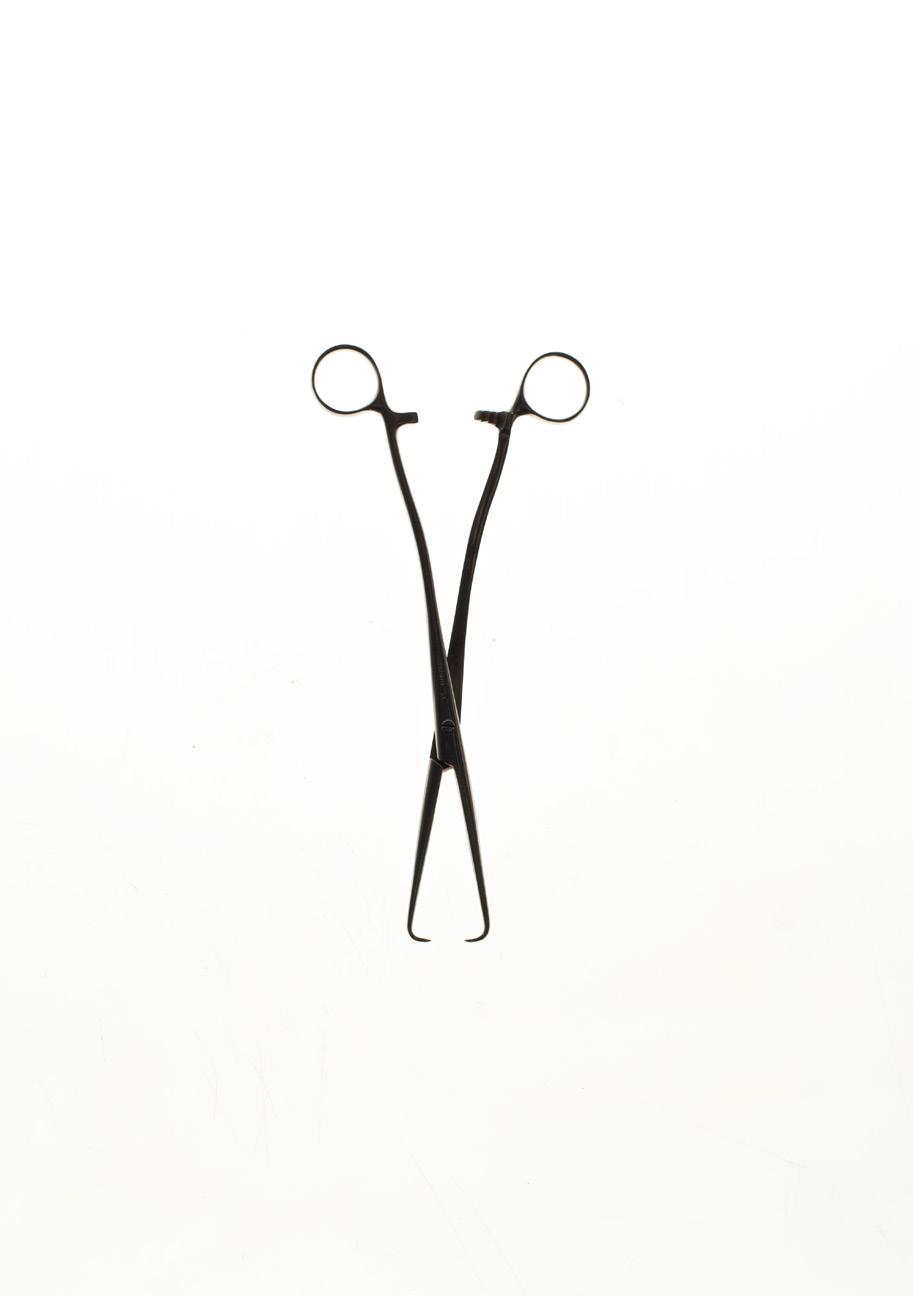
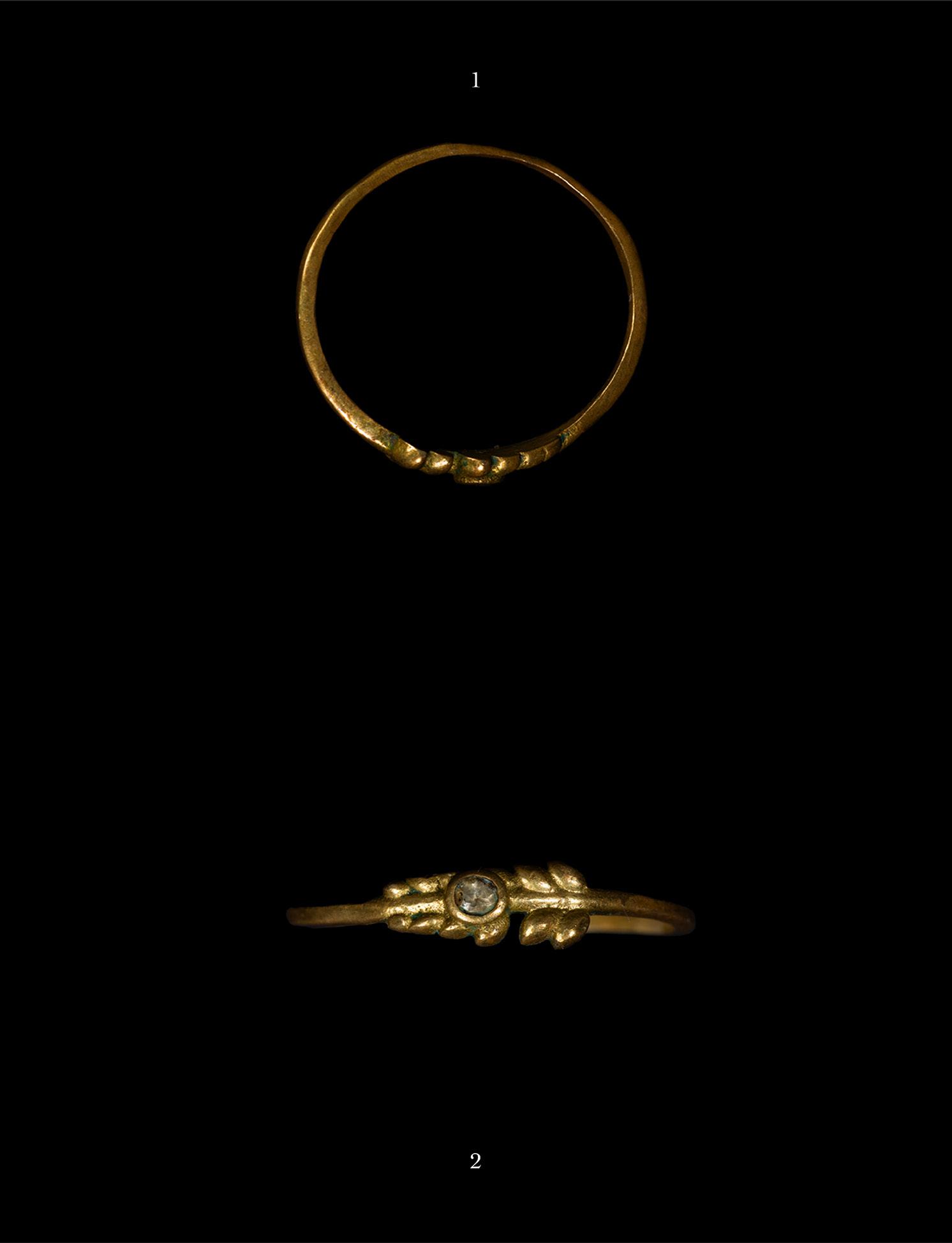
1. Endometriosis is a condition in which the lining of the uterus grows in other places in the body.
2. Up until the late 1990s, doctors and researchers suggested that unmarried women without children were more likely to develop the condition. They called it “career woman’s disease.” 11




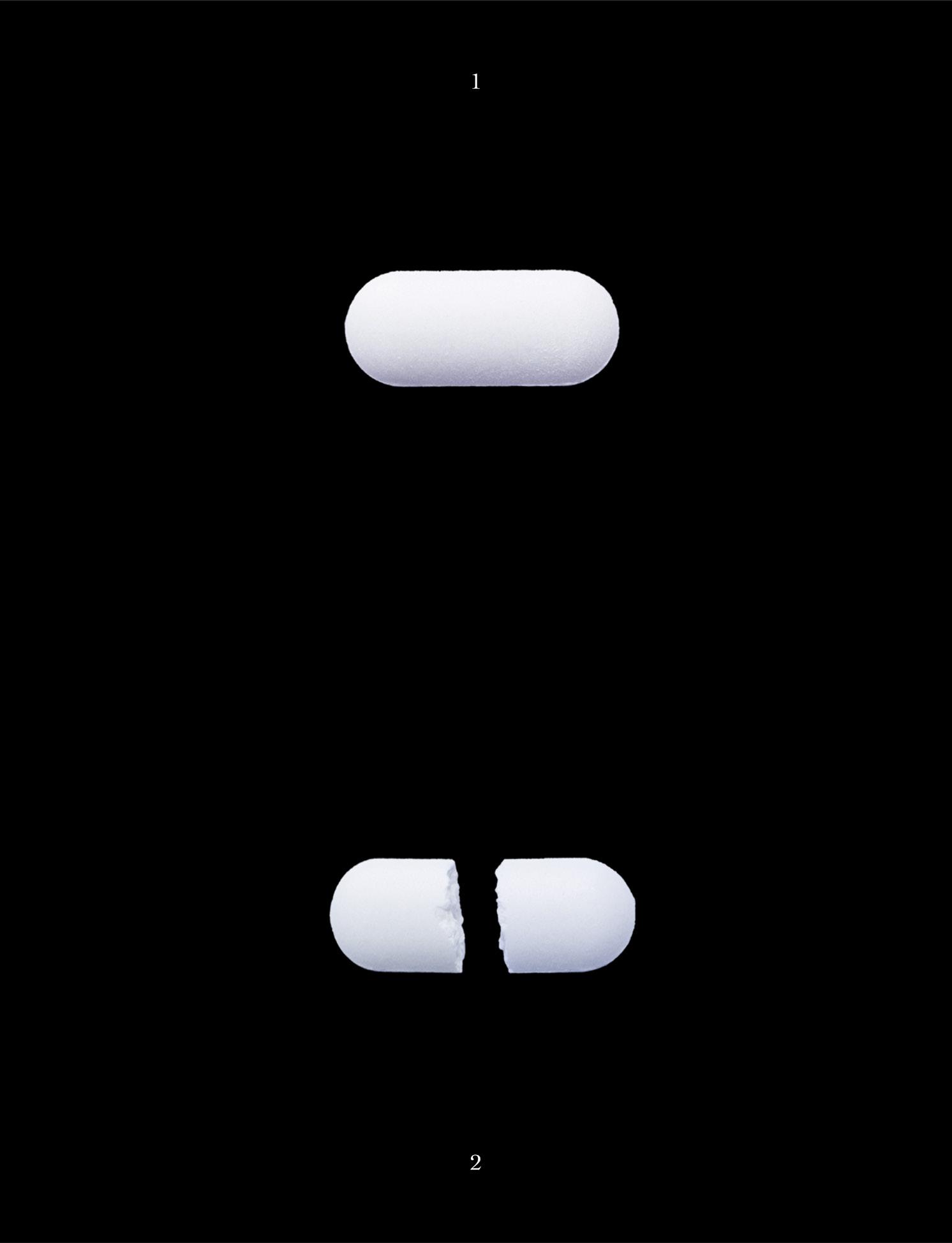
1. “80% of pain medication has been tested only on men yet women make up 70% of chronic pain patients.” 12
2. Women weren’t included in clinical trials until the 1990s.
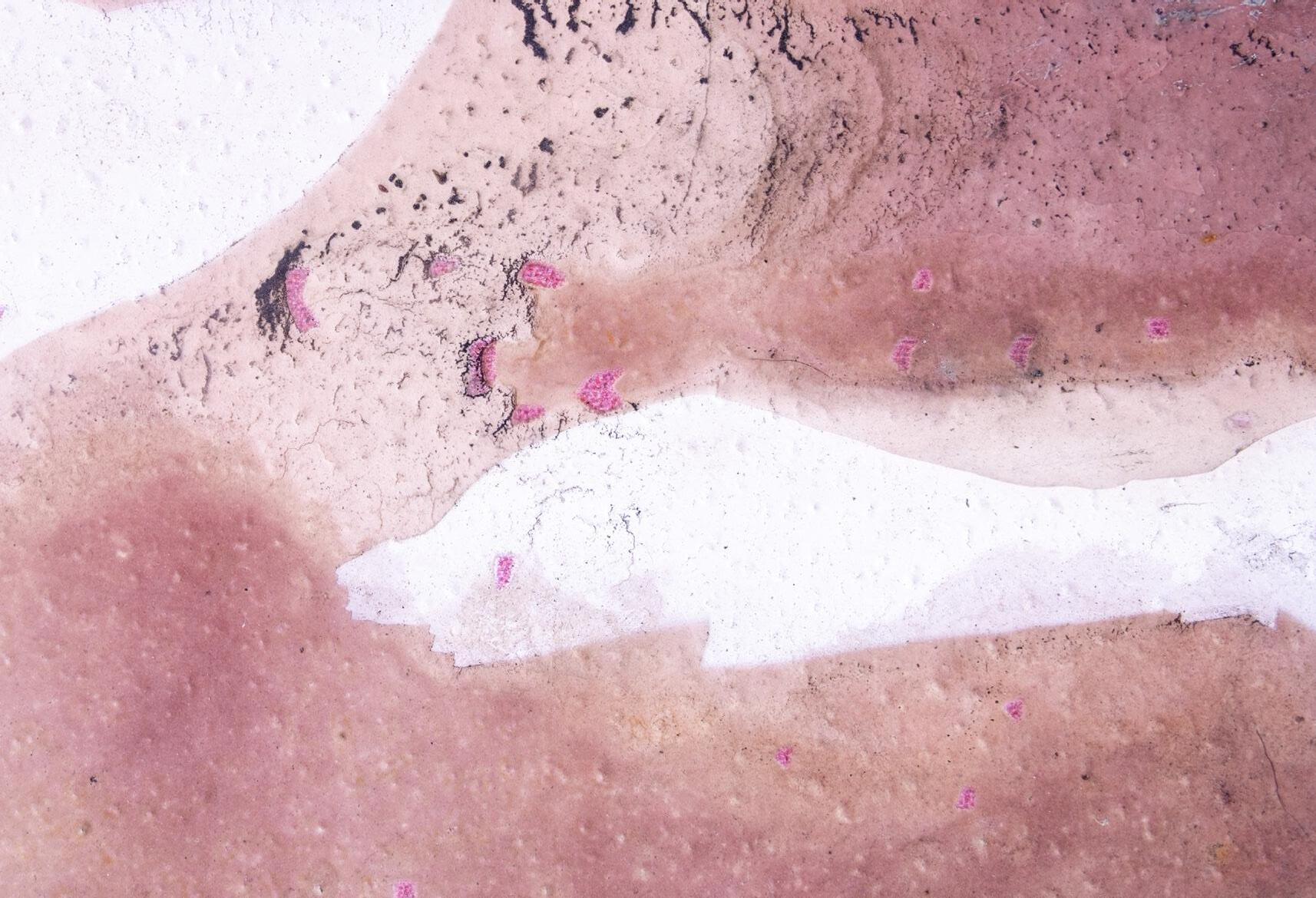
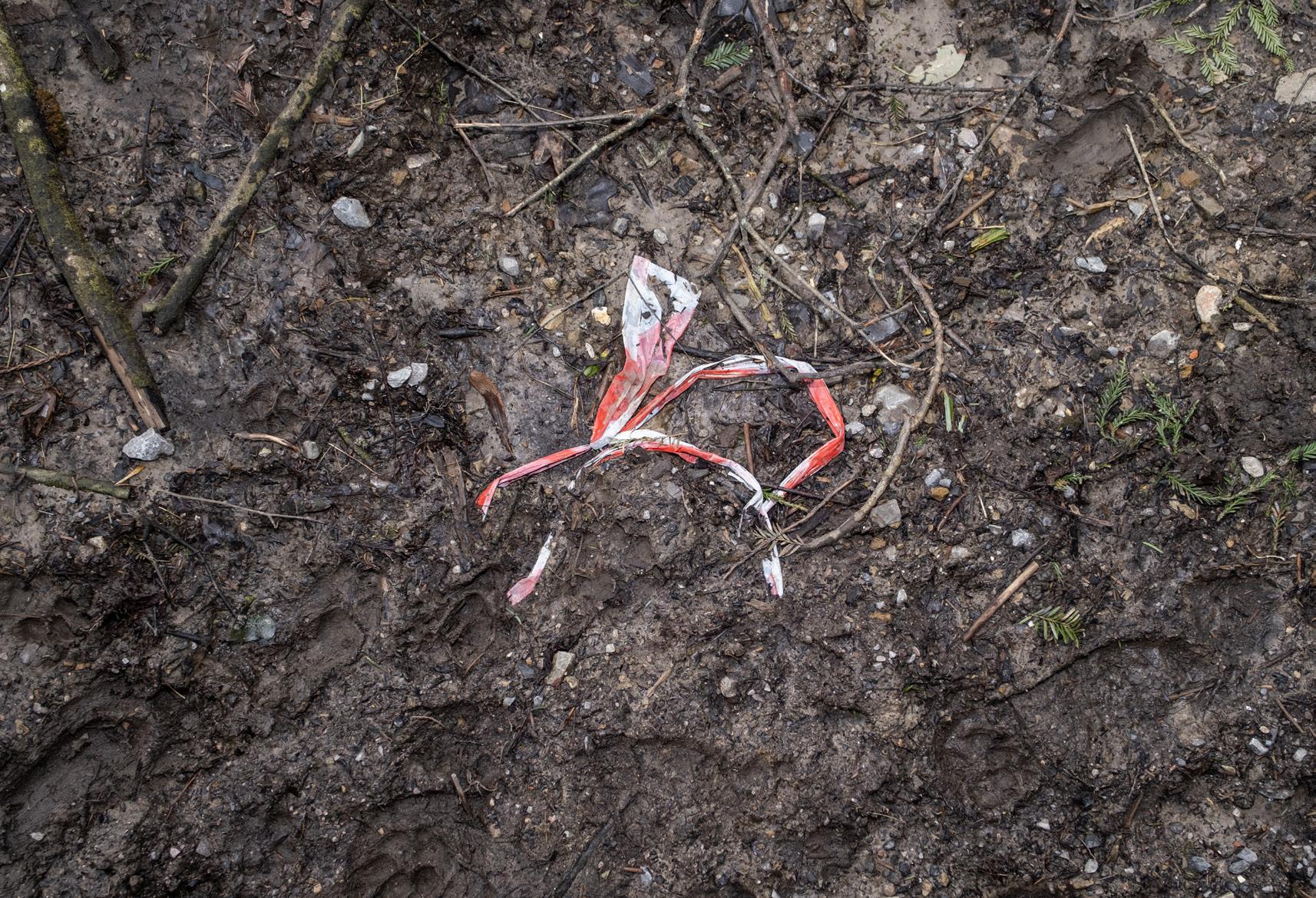



1. “In 2013, the US Food and Drug Administration intervened to correct the dosage of sleeping medication containing the active ingredient zolpidem for women. The recommended dose was based on male bodies and therefore impaired alertness and put female patients at risk of accidents when driving the next morning.” 13


Isolated in a shallow contained space, turned full-face and subjected to an unreturnable gaze 14
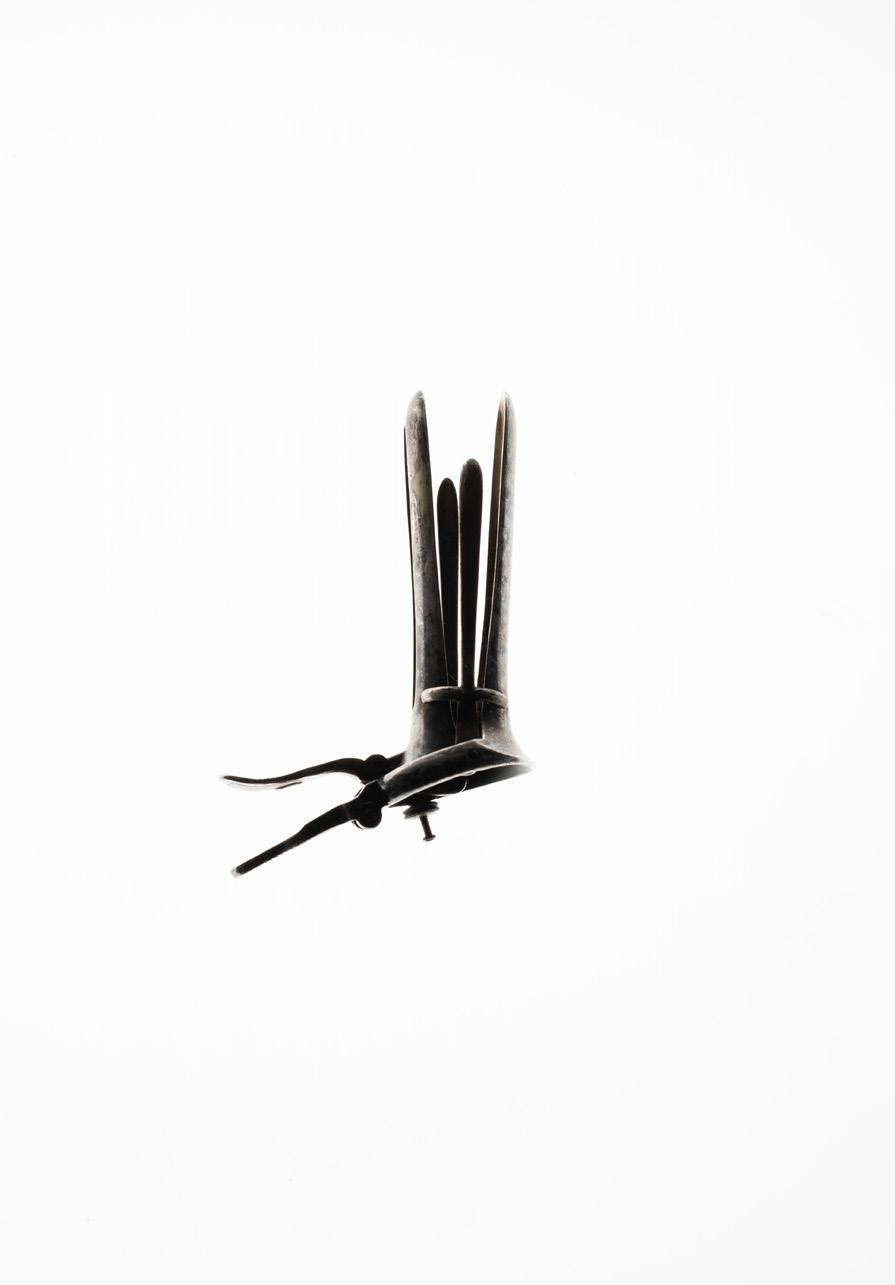
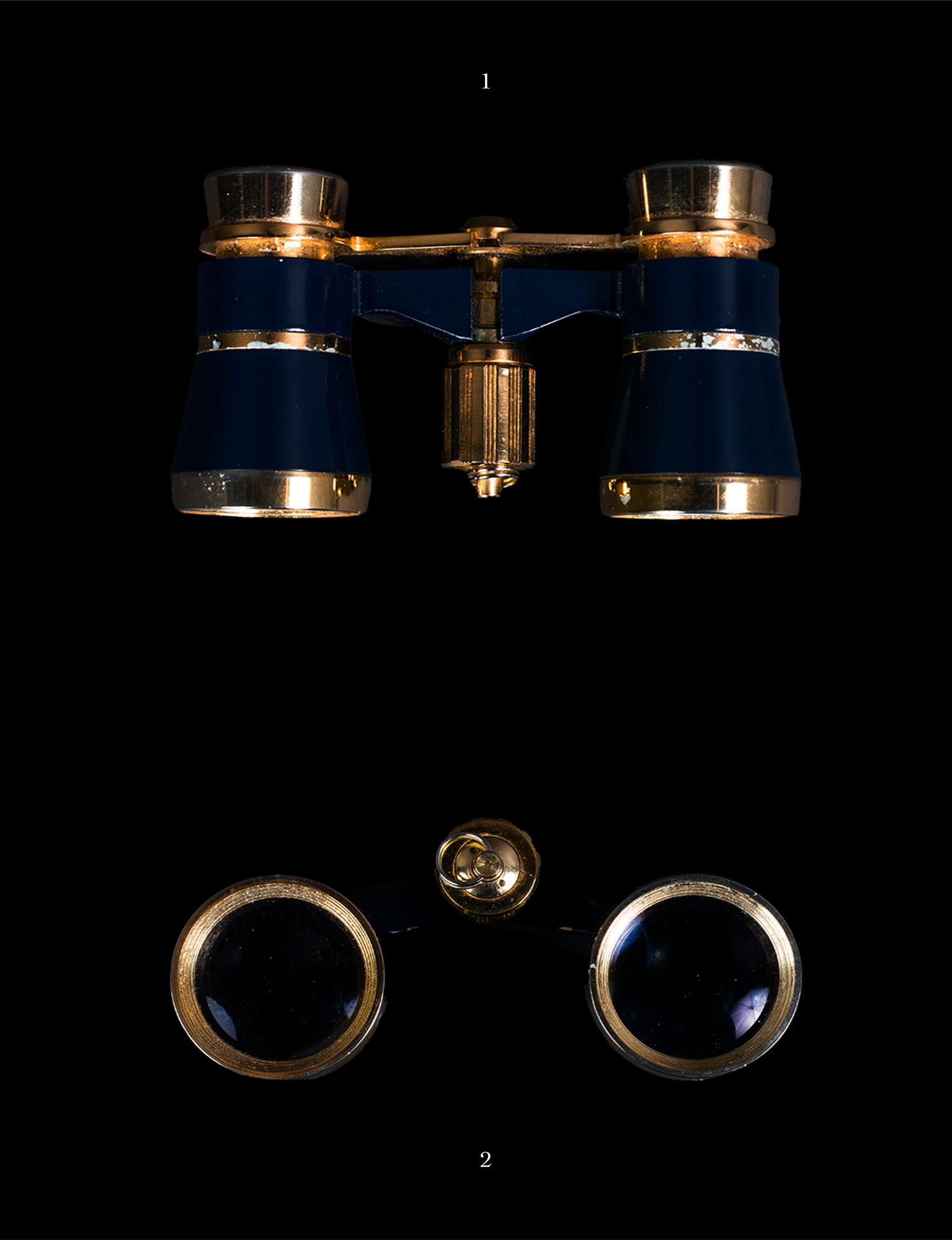
1. “A spectacle denotes an impressive or deplorable sight, and necessarily involves the power and politics of viewing.”
2. “The female body has been treated as a passive object to be studied, analysed and classified. Power relations and patriarchal ideologies have played a great part in the resulting objectifying representations, firmly locating images of the female body within the realm of the spectacle.” 15
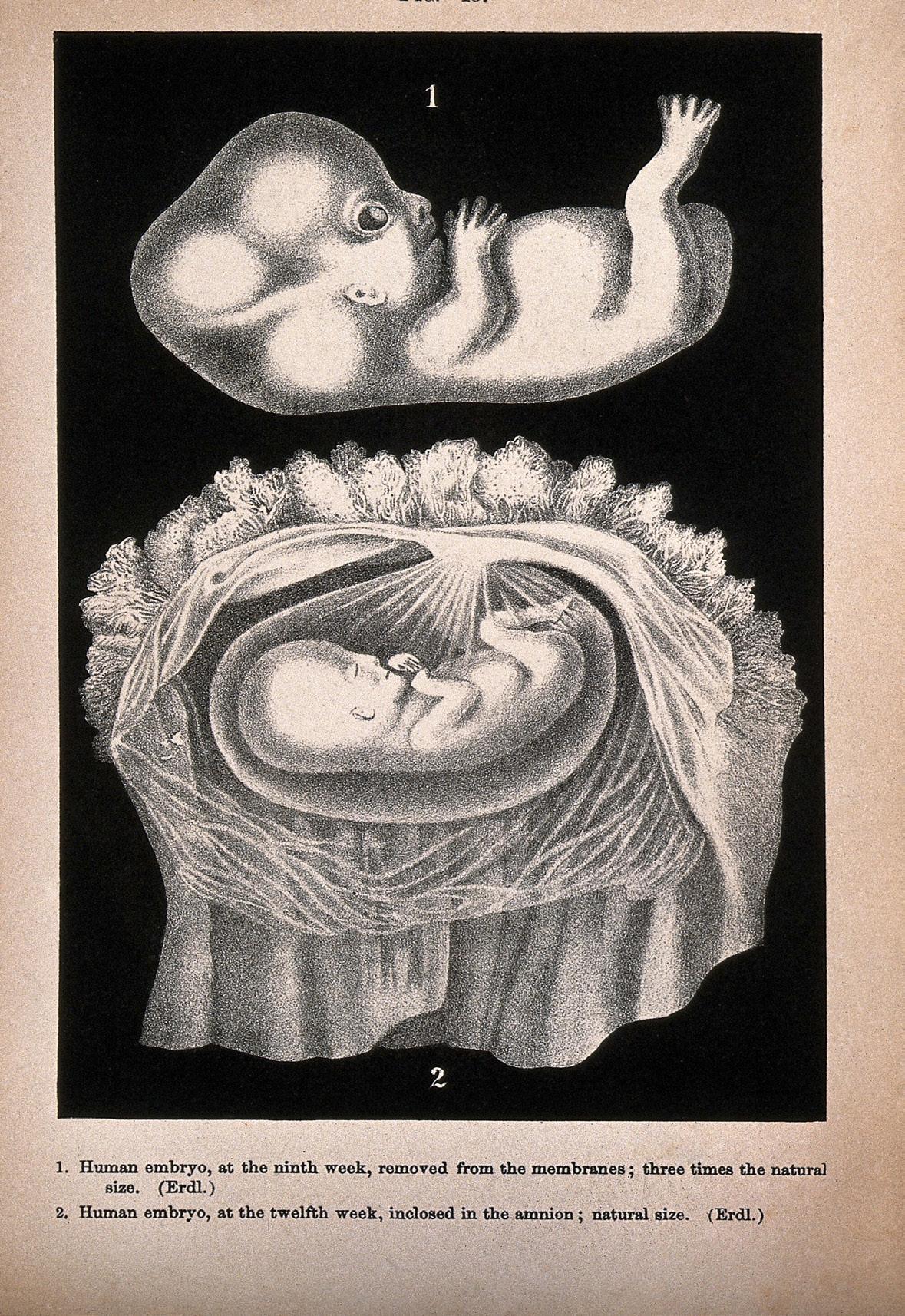
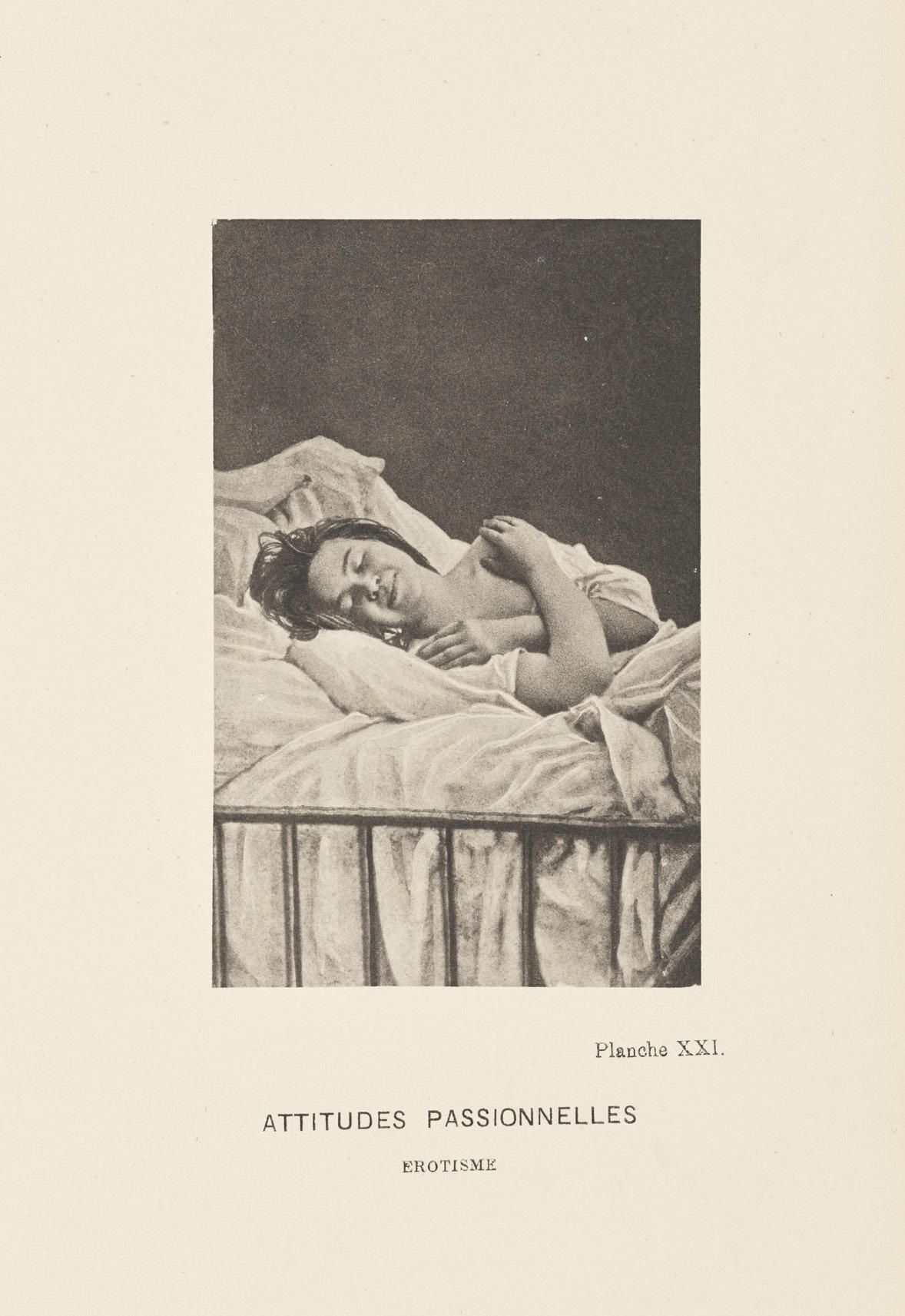
I was the spectacle, The girl who couldn’t handle a bit of period pain, I thought the fire in my belly would consume me, That no one would notice as my chest stilled and body turned cold,
They had spent so long tuning me out, My silence would sound no different to my screams.
Sophie Lucy Seger


Your body, My choice. My body, Your choice.
I sit at this cusp, sometimes inhabiting the first as a physician, sometimes the second as a patient living with endometriosis, adenomyosis and the scars of unsuccessful fertility treatments. I left medical school over twenty years ago and trained in an androcentric, racist and ableist system, where paternalism was masked in benevolence “I know what is best for you.” We were never taught that perhaps we weren’t always right. Perhaps if we listened, we may better understand what our patients needed, that they were experts in their bodies, that in this way their medical expertise was different to, but equal to ours.
The speculum resembles a beak. One is closed, silent. One is open, talking. I don’t want my patients to be silent. I want them to feel that when they speak up, they are heard, that we are really listening. We can be a powerful force for change, when we advocate together. Lets support each other to do so. Are we ready to listen?
Dr Rageshri Dhairyawan Consultant in Sexual Health and HIV Medicine, Author of Unheard: The Medical Practice of Silencing.
1. ‘The Bible’ Genesis 2-3
2. Thompson, L. (1999) ‘The Wandering Womb‘, pp.17
3. Innocente, P. VIII (1484) ‘Papal Bull’
4. Aristotle (350 BCE) ‘Politics’, 1.1254b
5. Cleghorn, E. (2021) ‘Unwell Women: A Journey Through Medicine And Myth in a Man-Made World’
6. Persson, L. (2016) ‘Women and Their Bodies in Classical Greece: The Hippocratic Female’
7. Hartley, F. (1860) ‘The Ladies’ Book of etiquette and manual of politeness’
8. Sims, J.M. (1884) ‘The story of my life’ pp.241
9. Longo, L.D. (1979) ‘The rise and fall of battey’s operation: a fashion in surgery’
10. Dusenbery. M. (2018) ‘Everybody was telling me there was nothing wrong’ BBC Future, 29th May, Available at: https://www.bbc.co.uk/ future/article/20180523-how-gender-bias-affects-your-healthcare
11. Wallis. C. (1986) ‘Medicine: The Career Woman’s Disease?’ TIME, April 28, Available at: https://time.com/archive/6706132/medicine-the-career-womans-disease/ (Accessed: 2nd May 2025)
12. Brown, E. (2024) ‘We want people to take our pain seriously’ The Guardian, 11th July, Available at: https://www.bbc.co.uk/news/articles/ cm2edjn8xv (Accessed: 28th April 2025)
13. GSK (2023) How representation in clinical trials improves health outcomes for women. Available at: https://www.gsk.com/en-gb/behind-the-science-magazine/men-women-gender-diversity-clinical-trials/ (Accessed: 28th April 2025)
14. Tagg, J. (1999) ‘Evidence, truth and order: a means of surveillance’
15. Cronje, K. (2001). ‘The Female Body as Spectacle in Nineteenth-and Twentieth-Century Western Art’ pp.3
Copyright: © Hattie Alwen, 2025
All rights reserved. No part of this publication may be reproduced, stored in a retrieval system, or transmitted in any form or by any means without written permission from the publishers.
The author has asserted their right to be identified as the author of this work in accordance with the Copyright, Designs and Patents act 1988.
Printed By: Taylor Brothers, Bristol
Bound By:
Susan James, University of South Wales
Guest Writers:
Sophie Lucy Seger
Dr Rageshri Dhairyawan
With Support From: The Reginald Salisbury Travel Award 2024, University of South Wales
